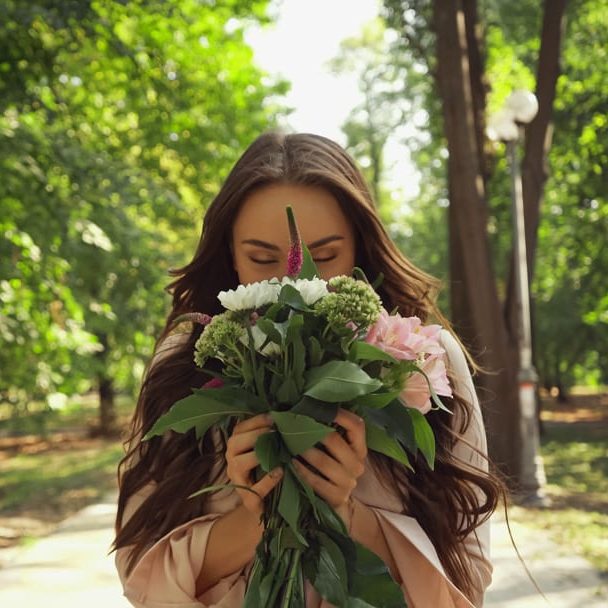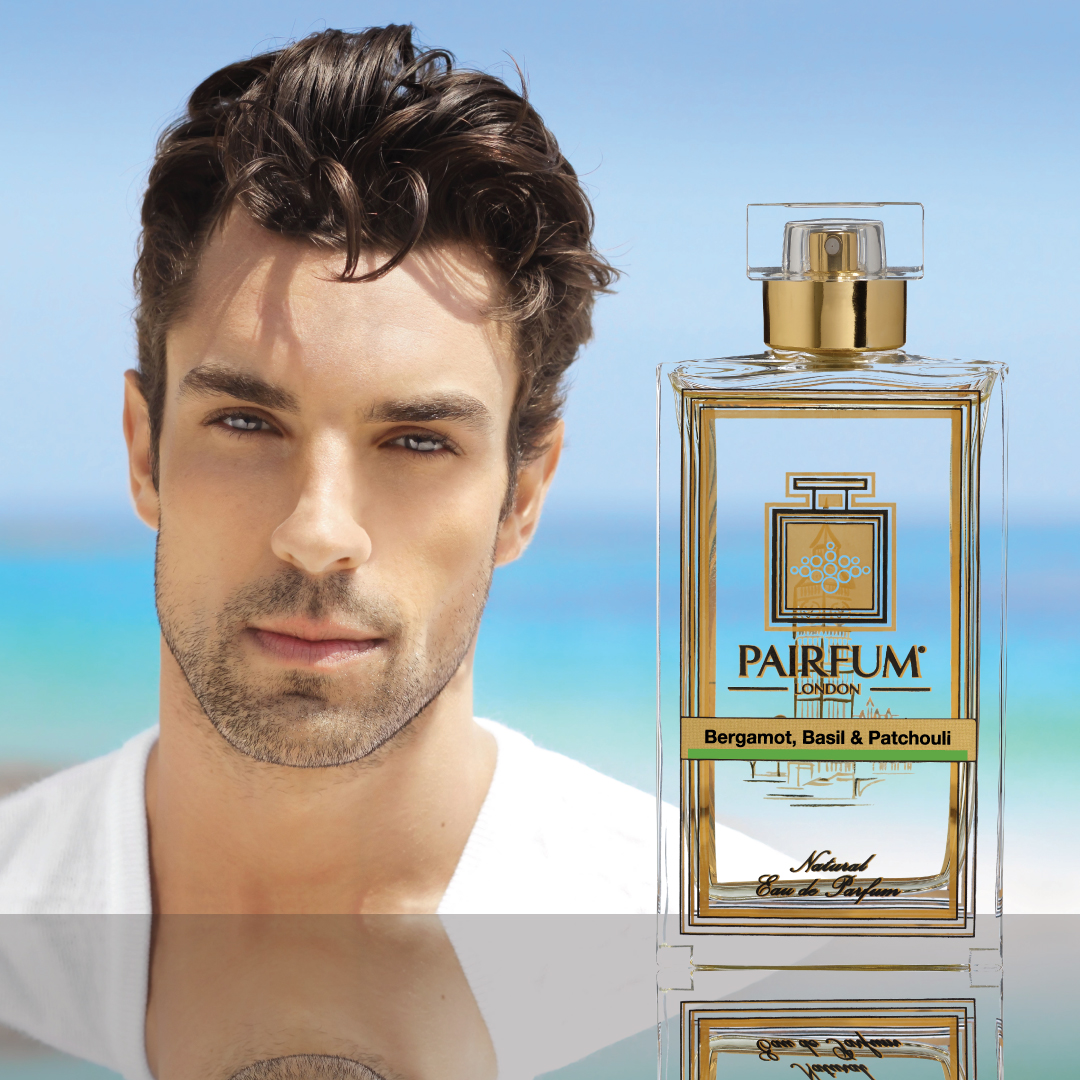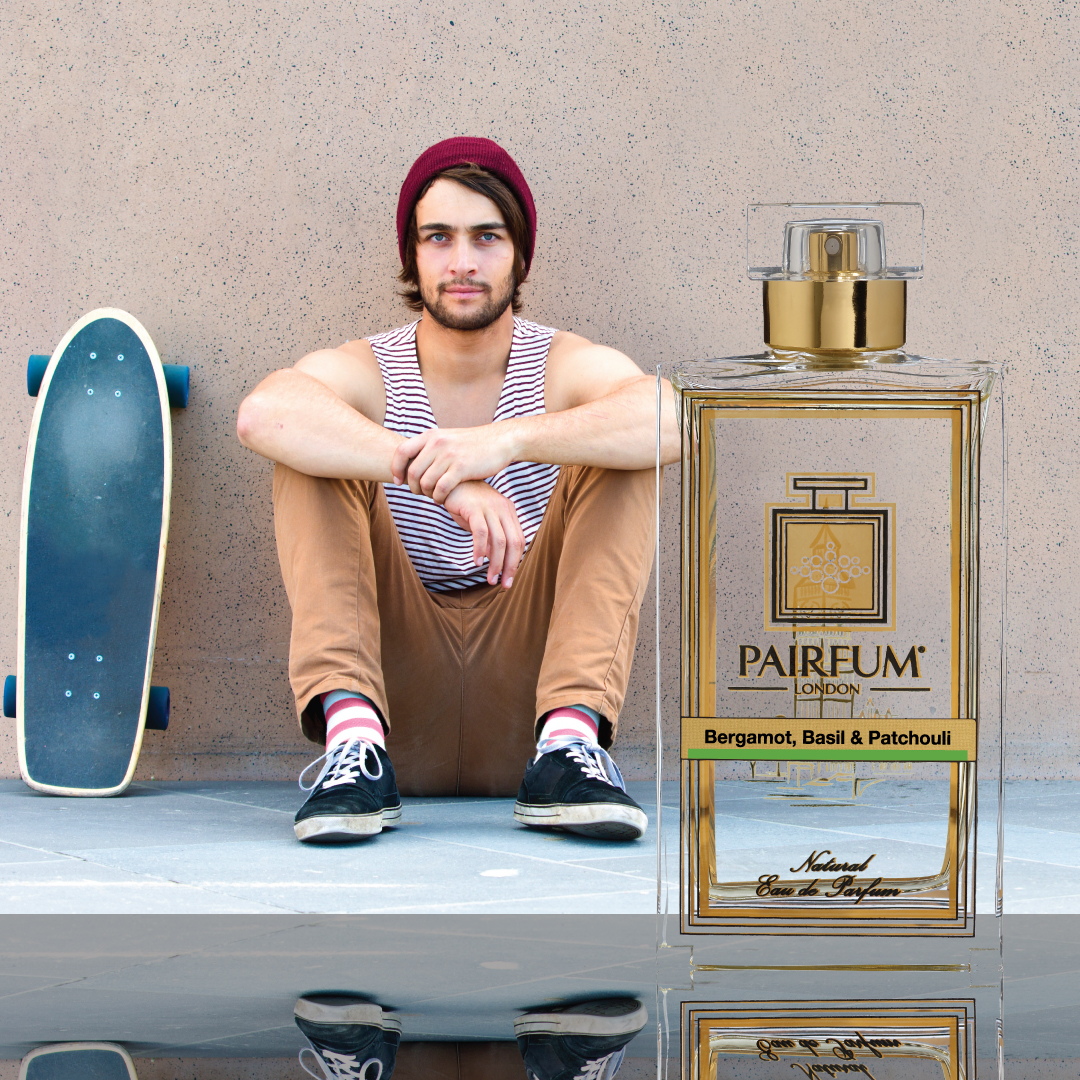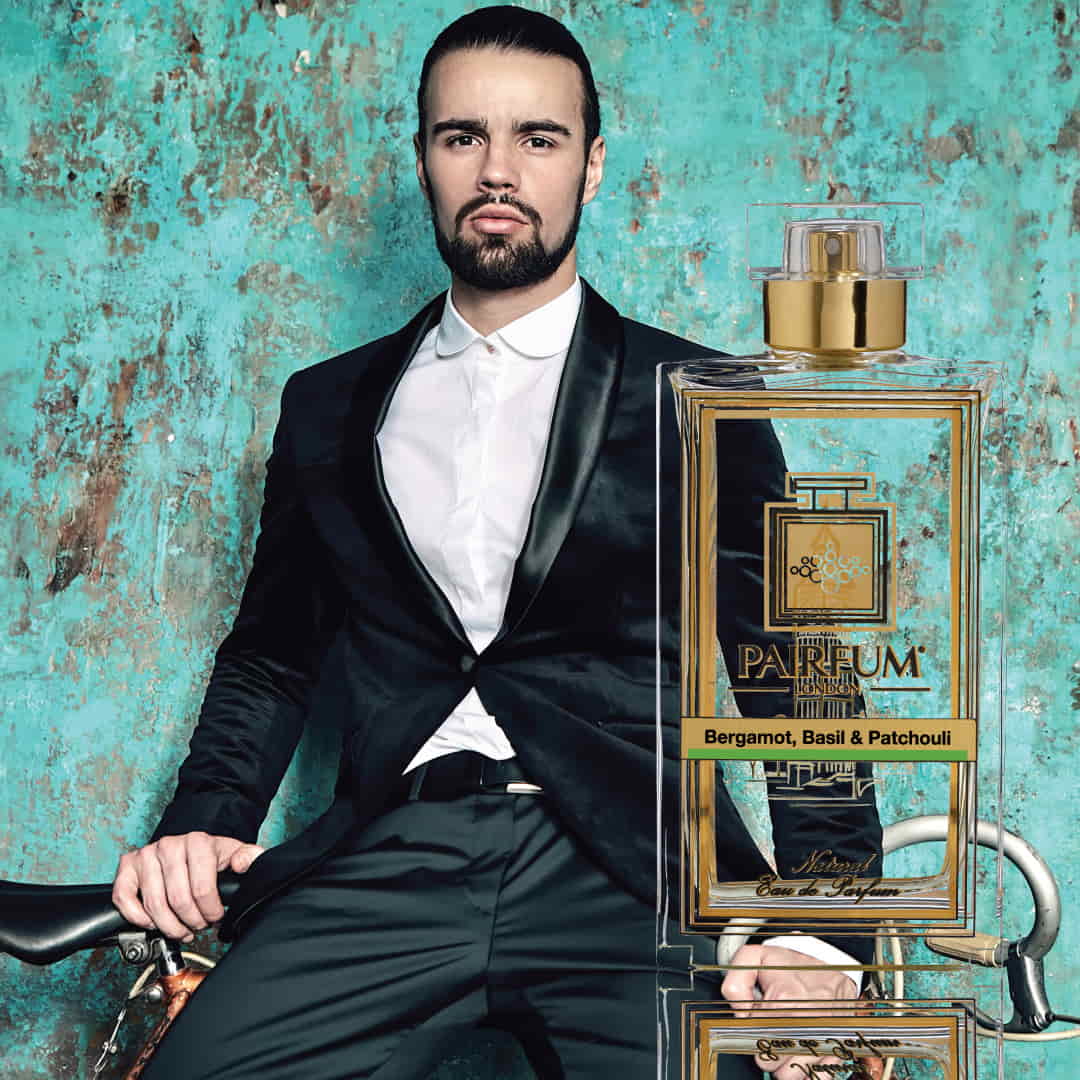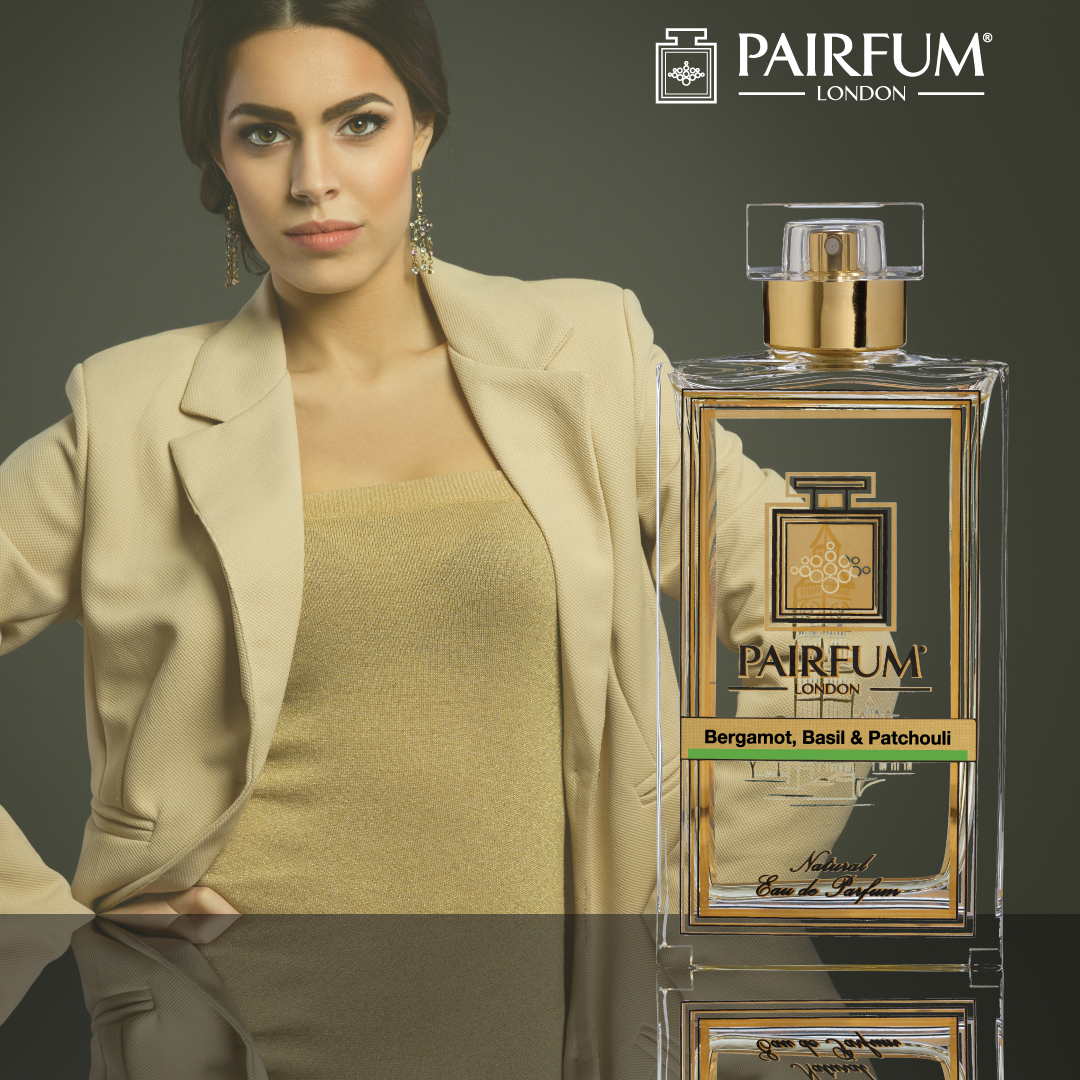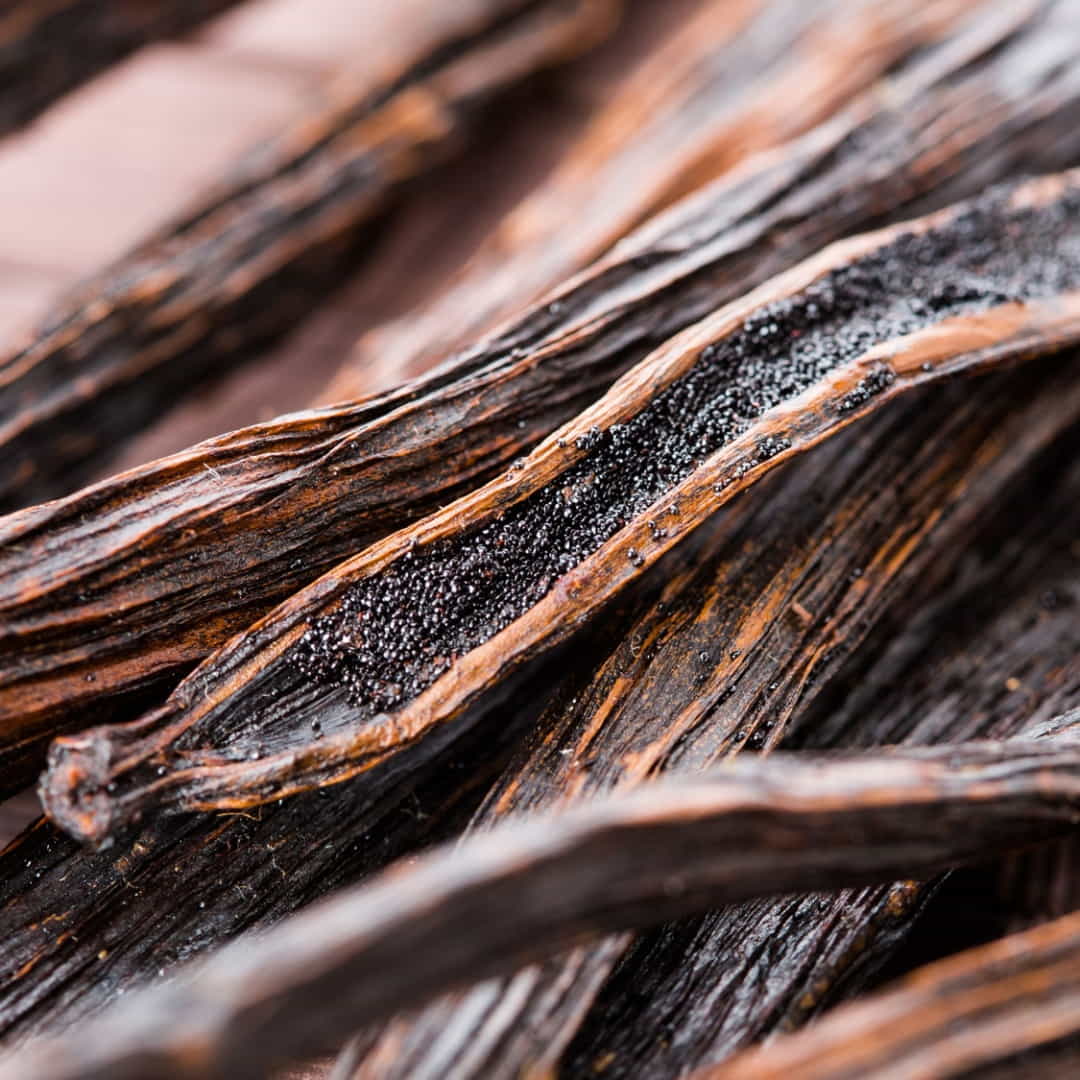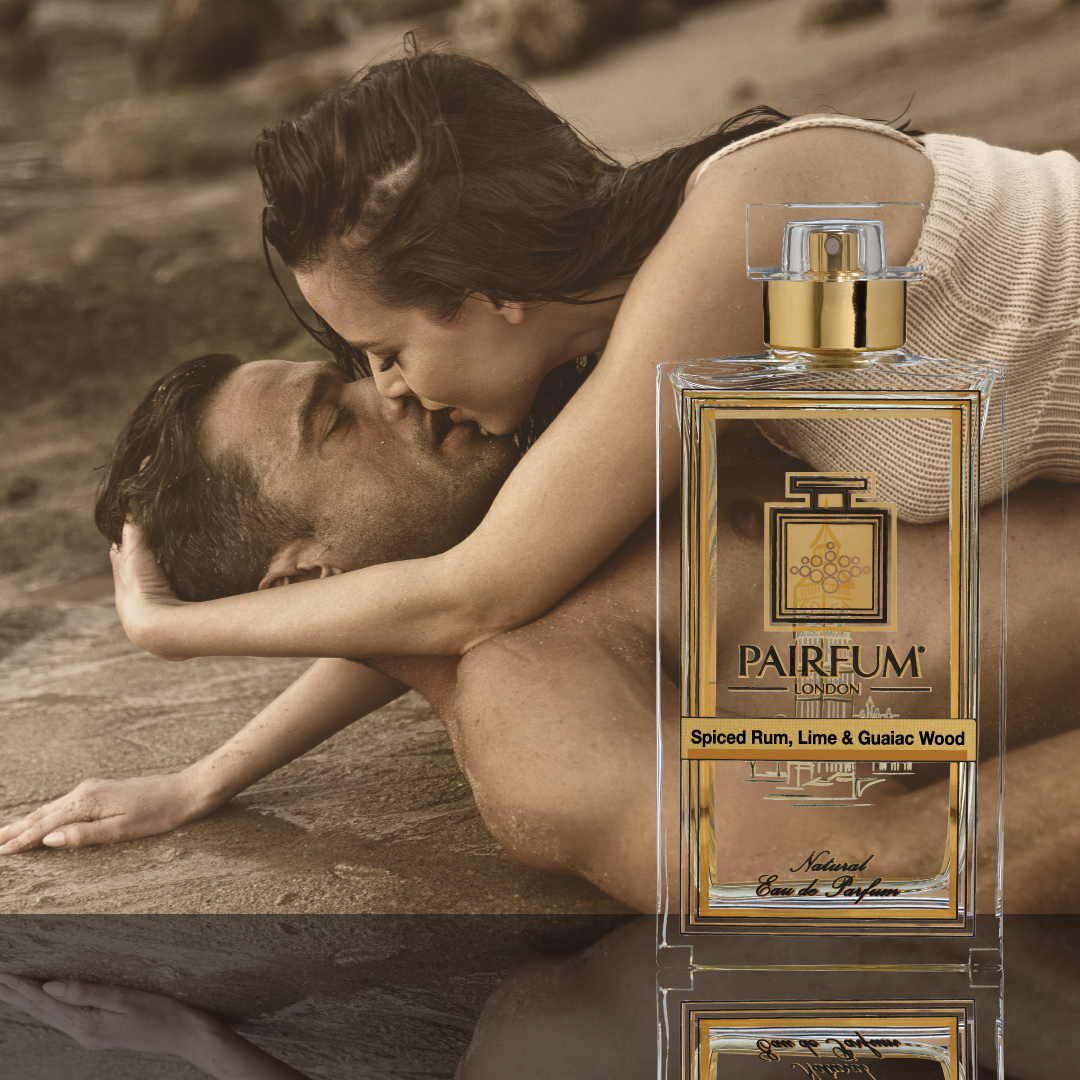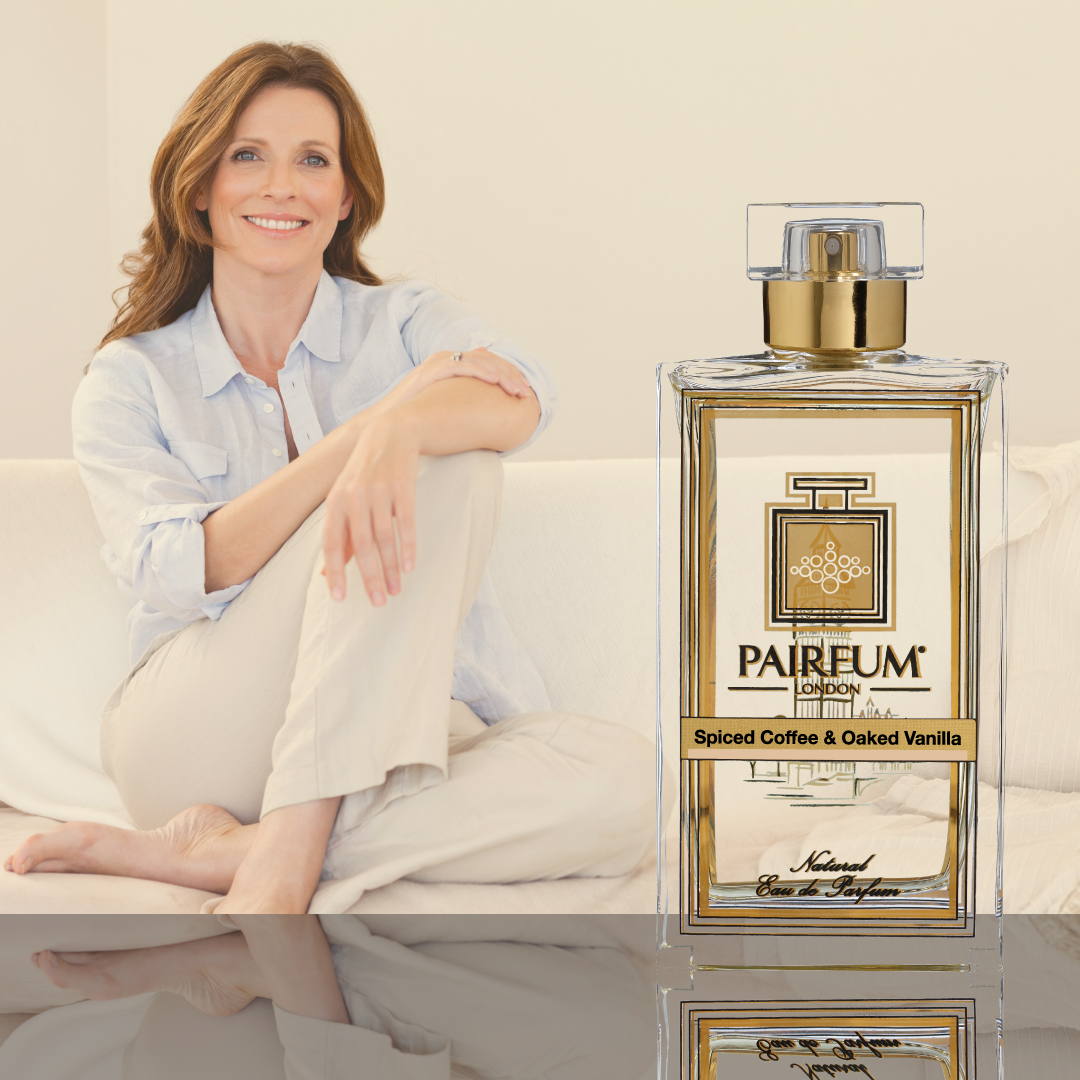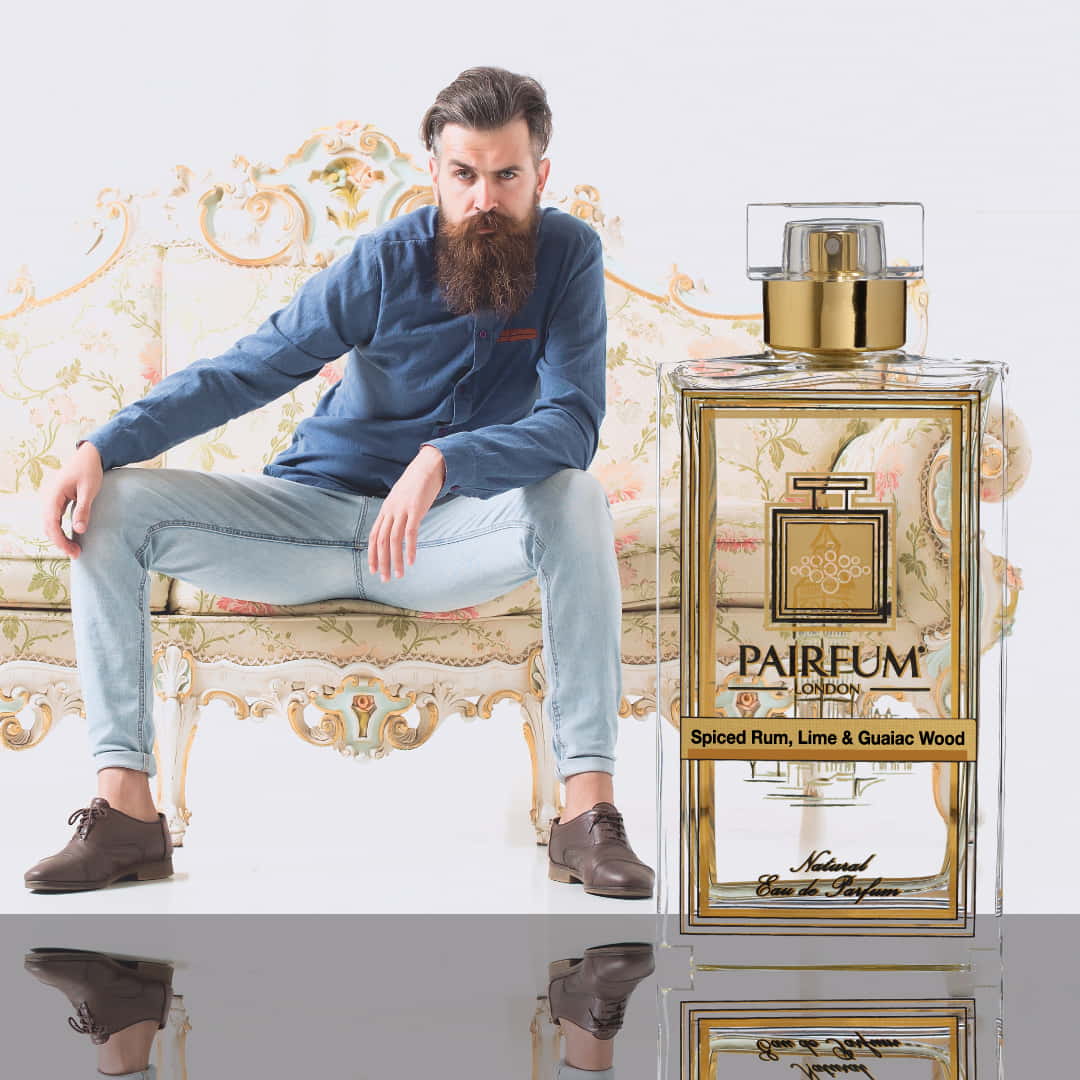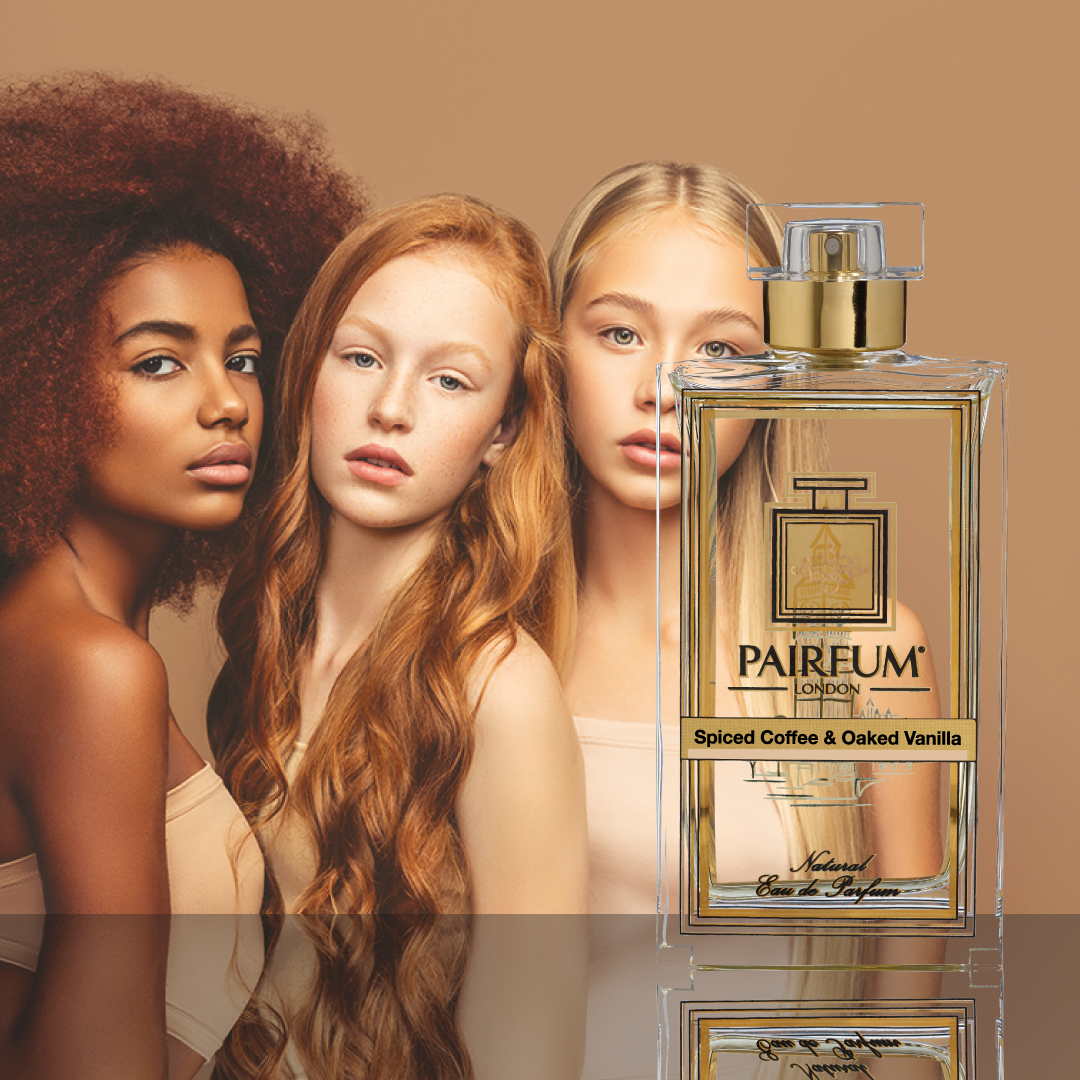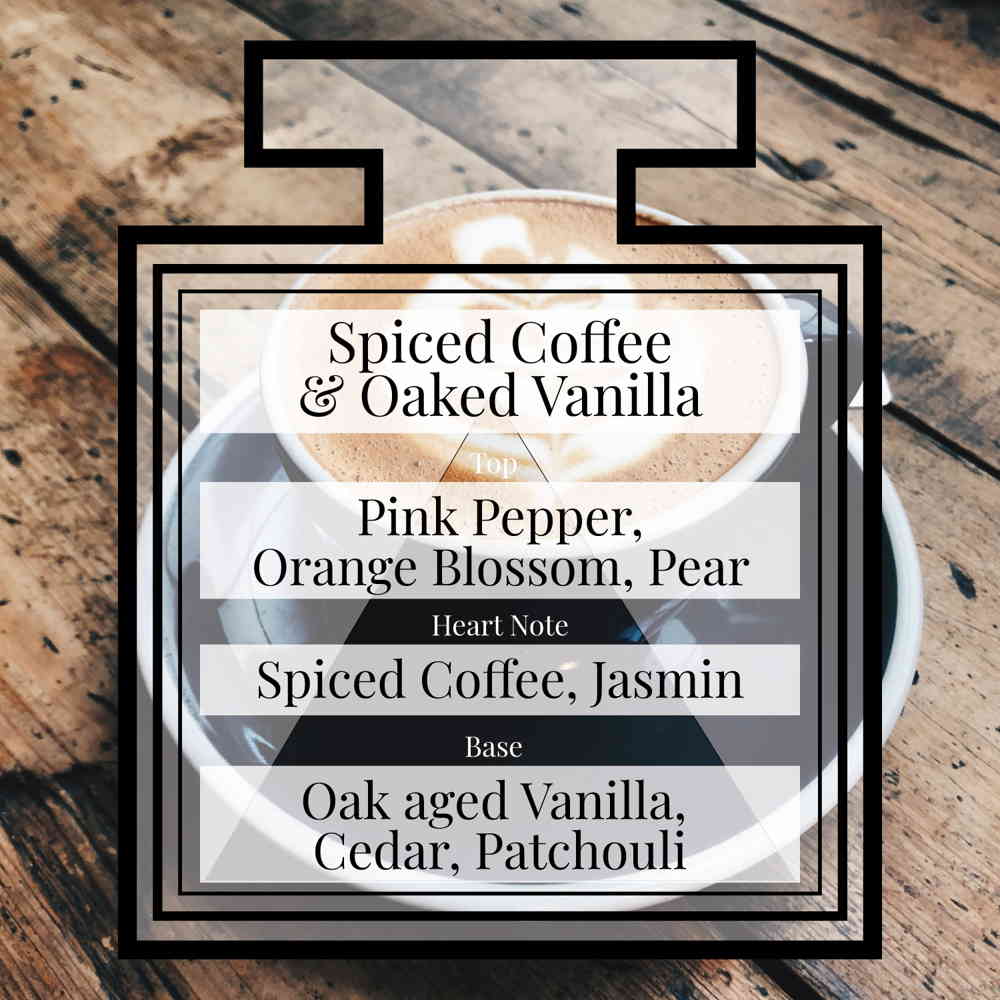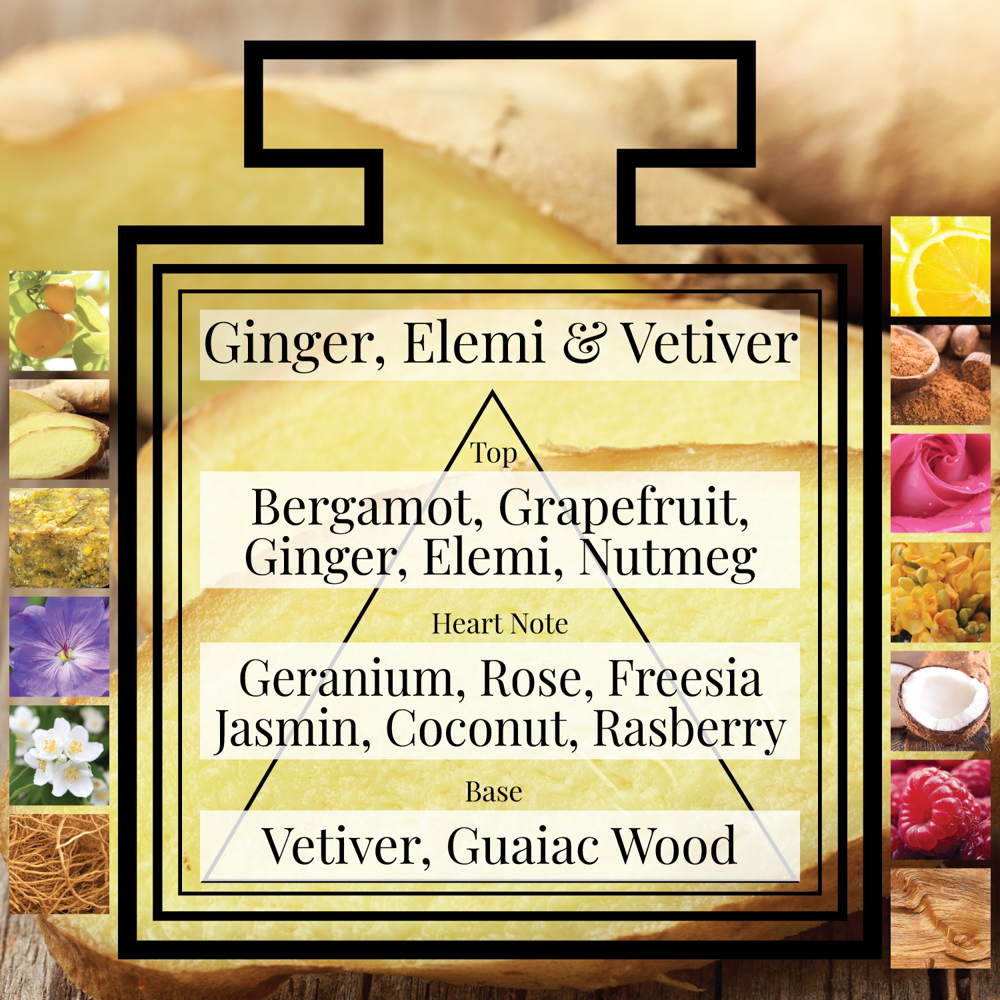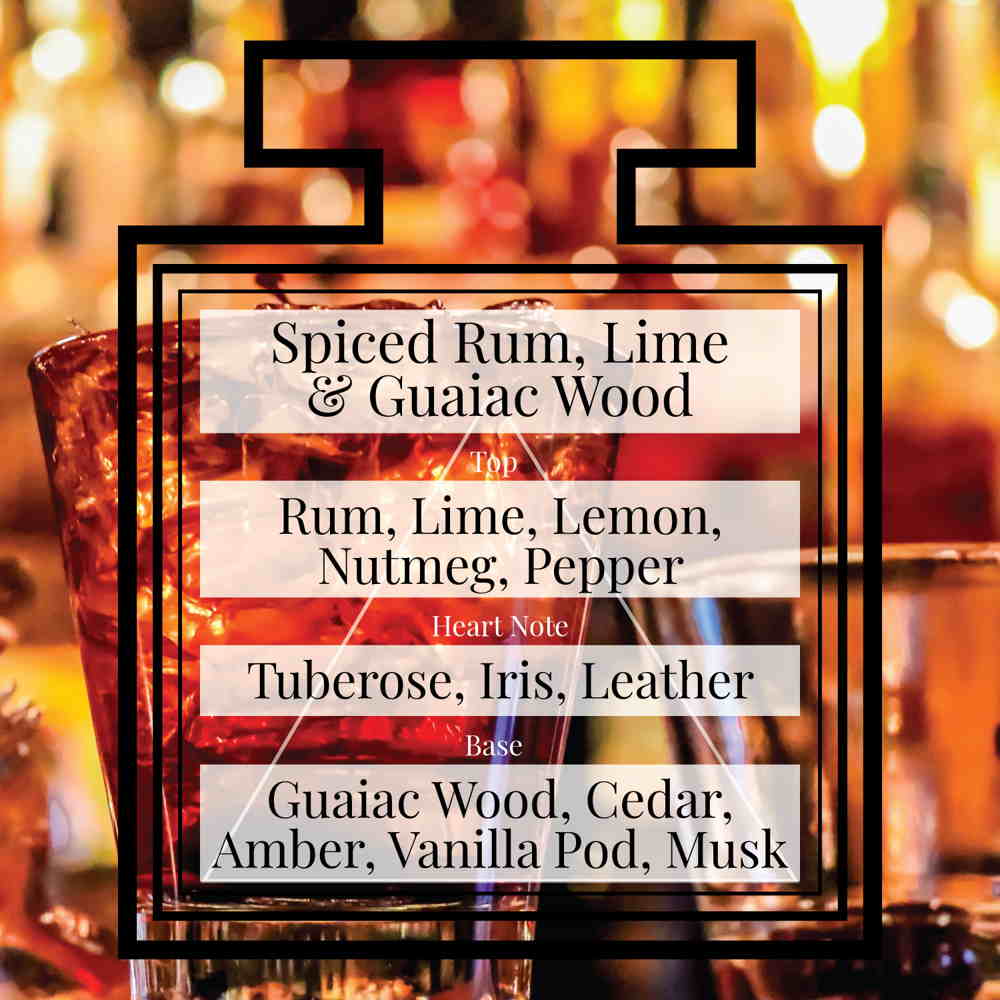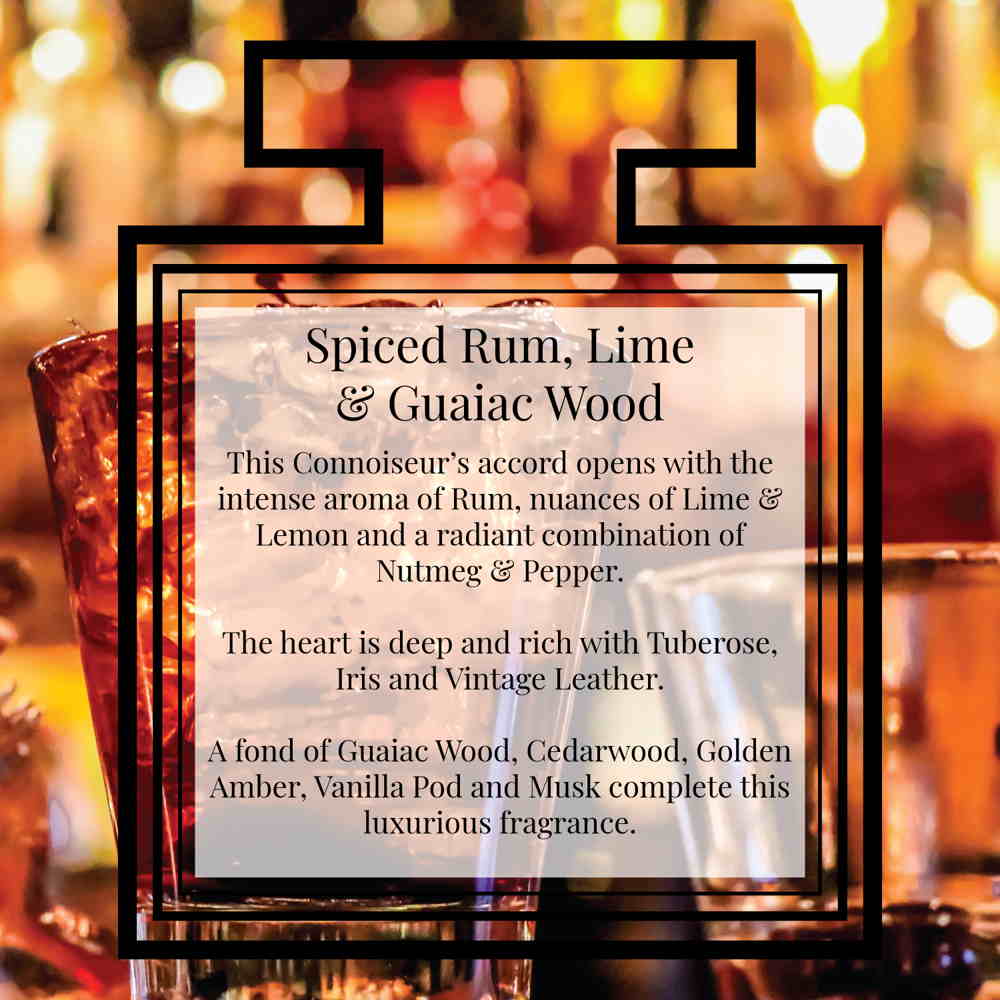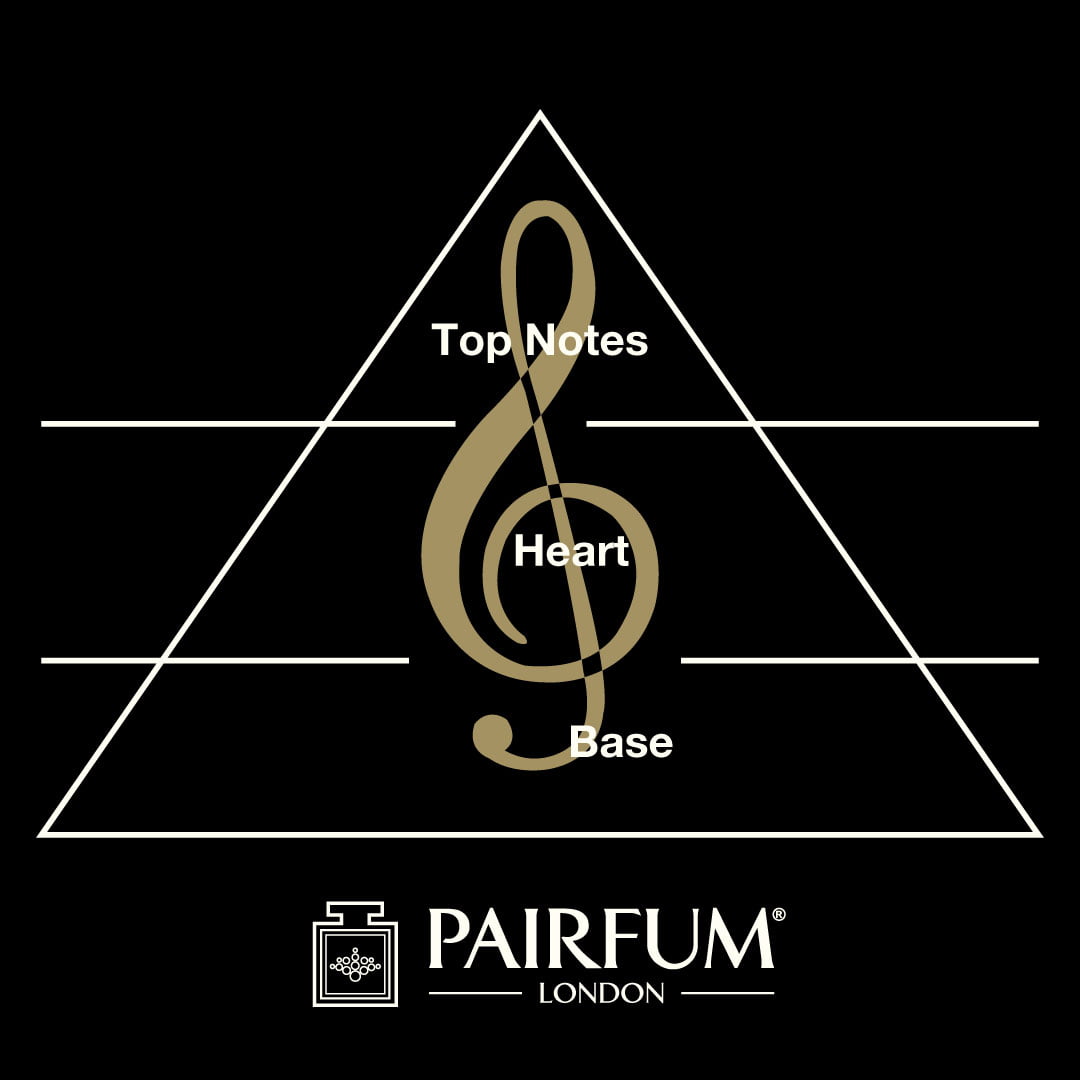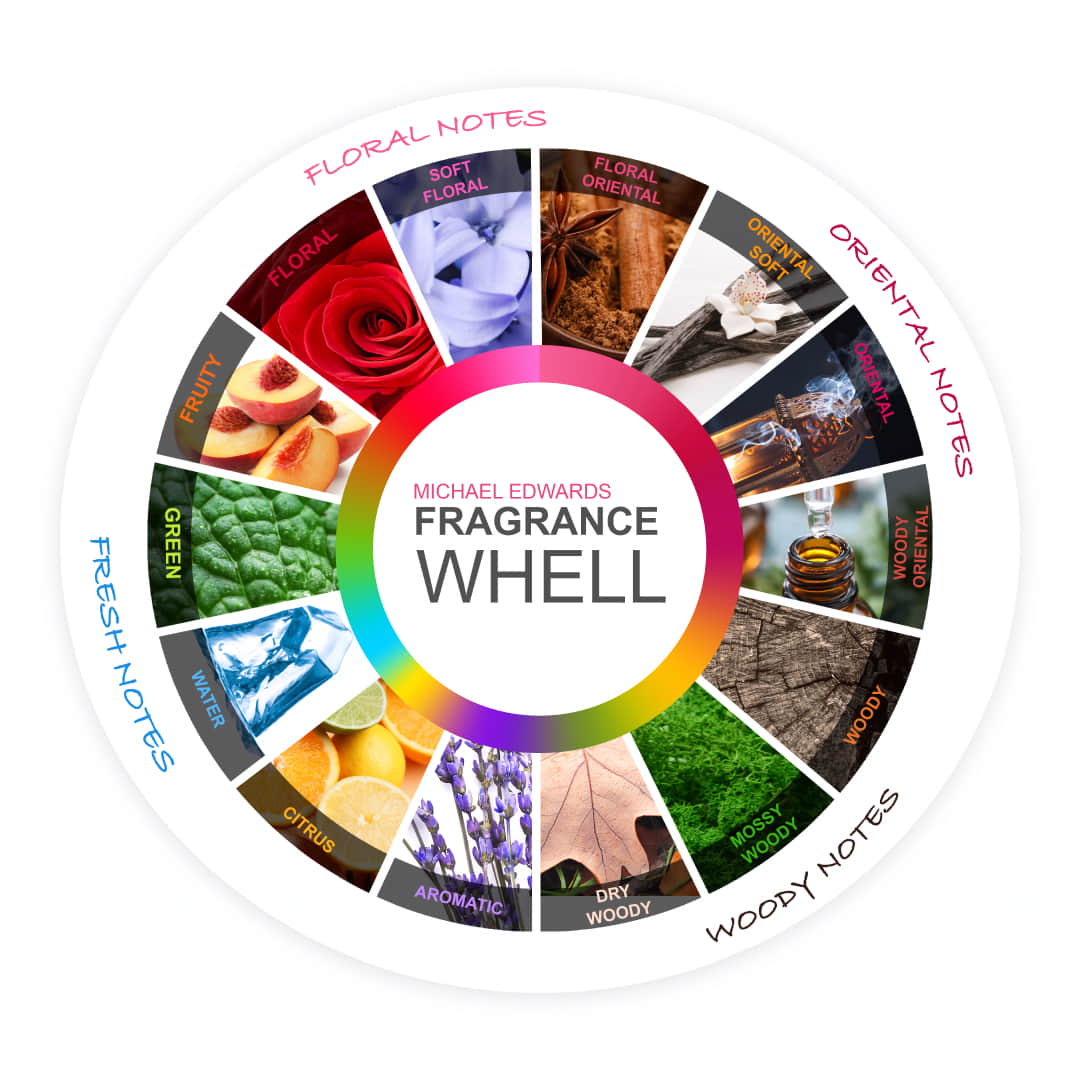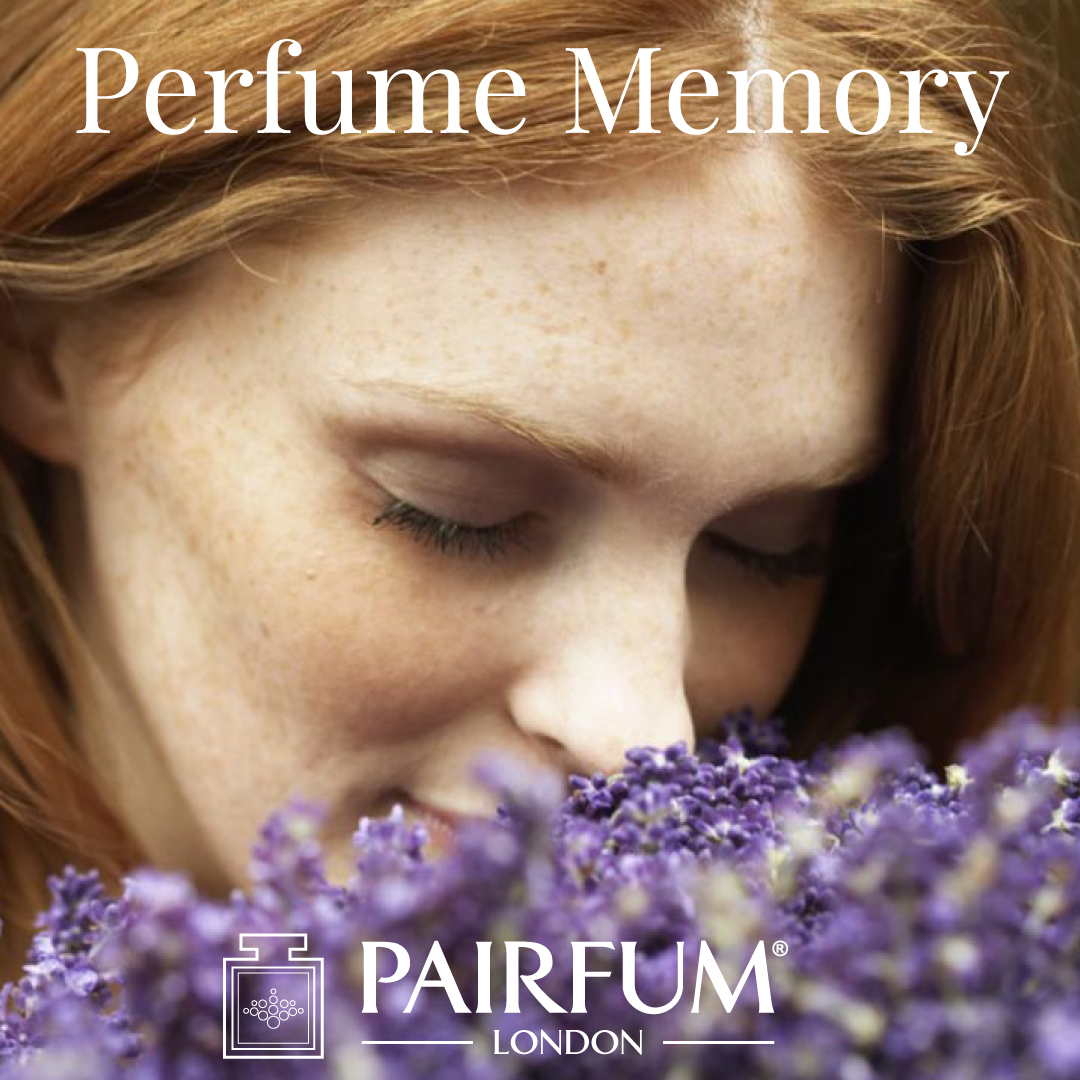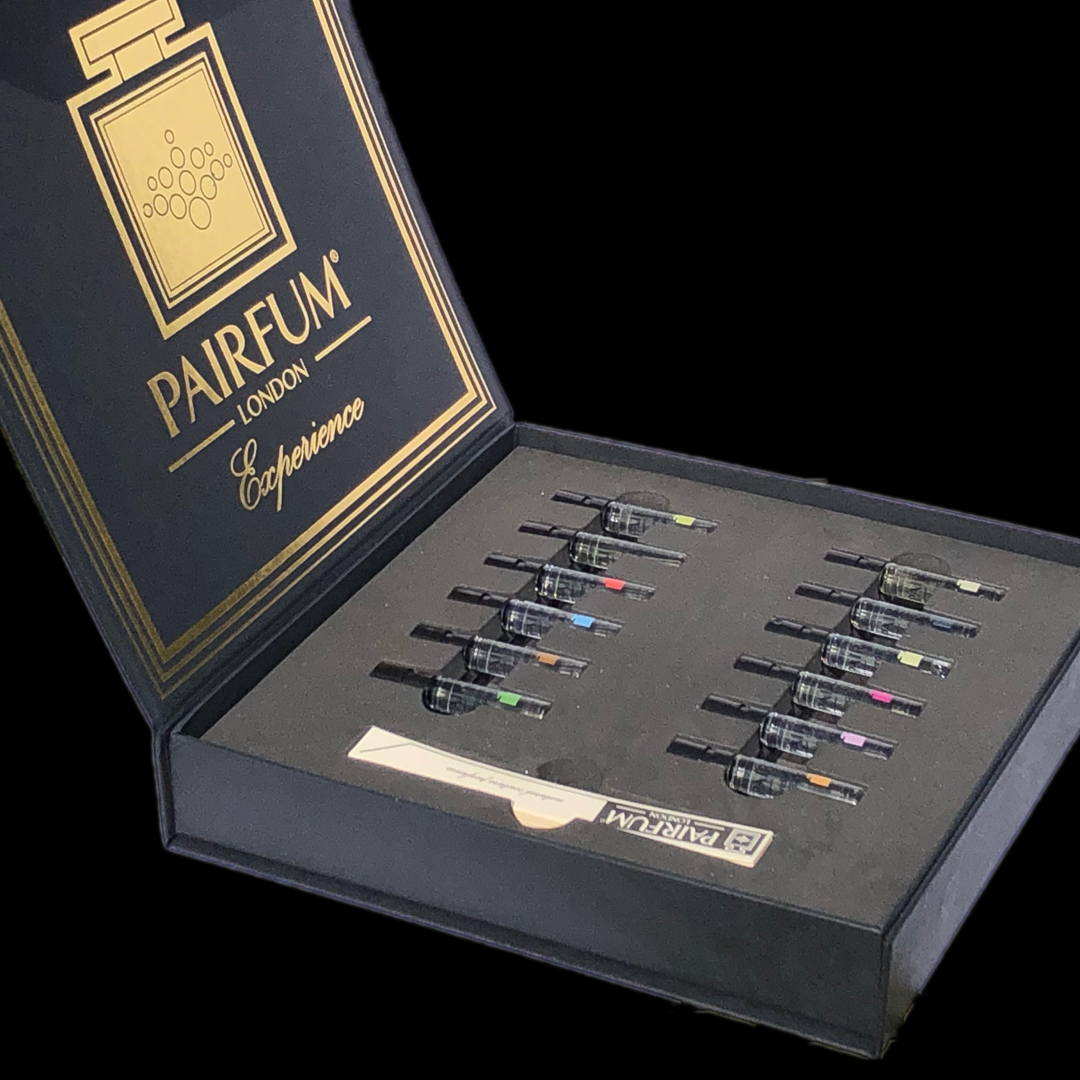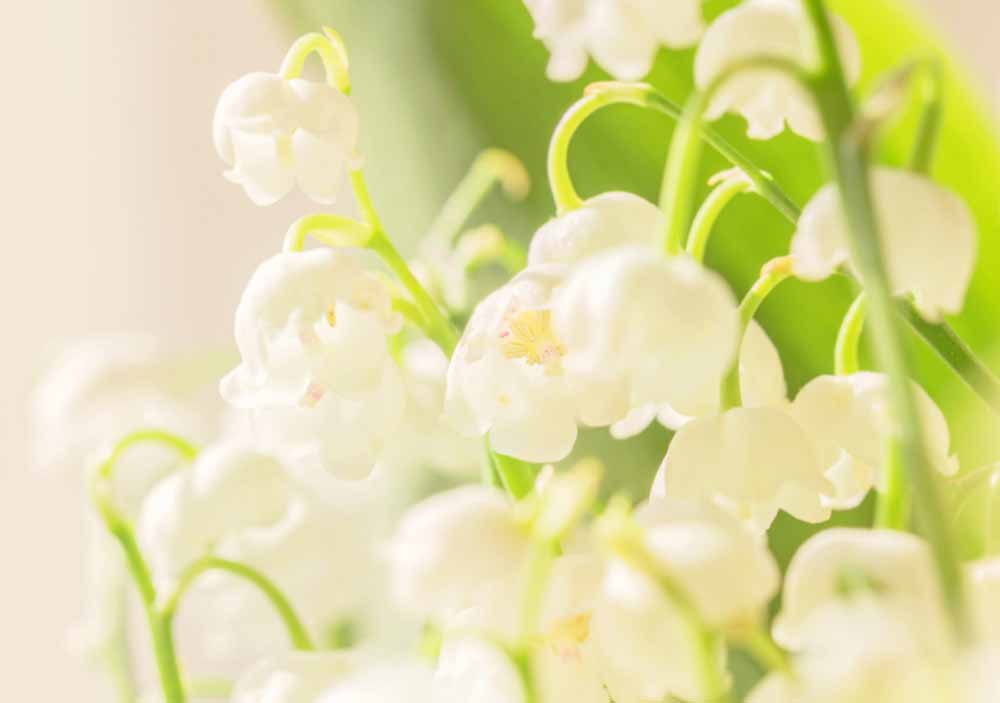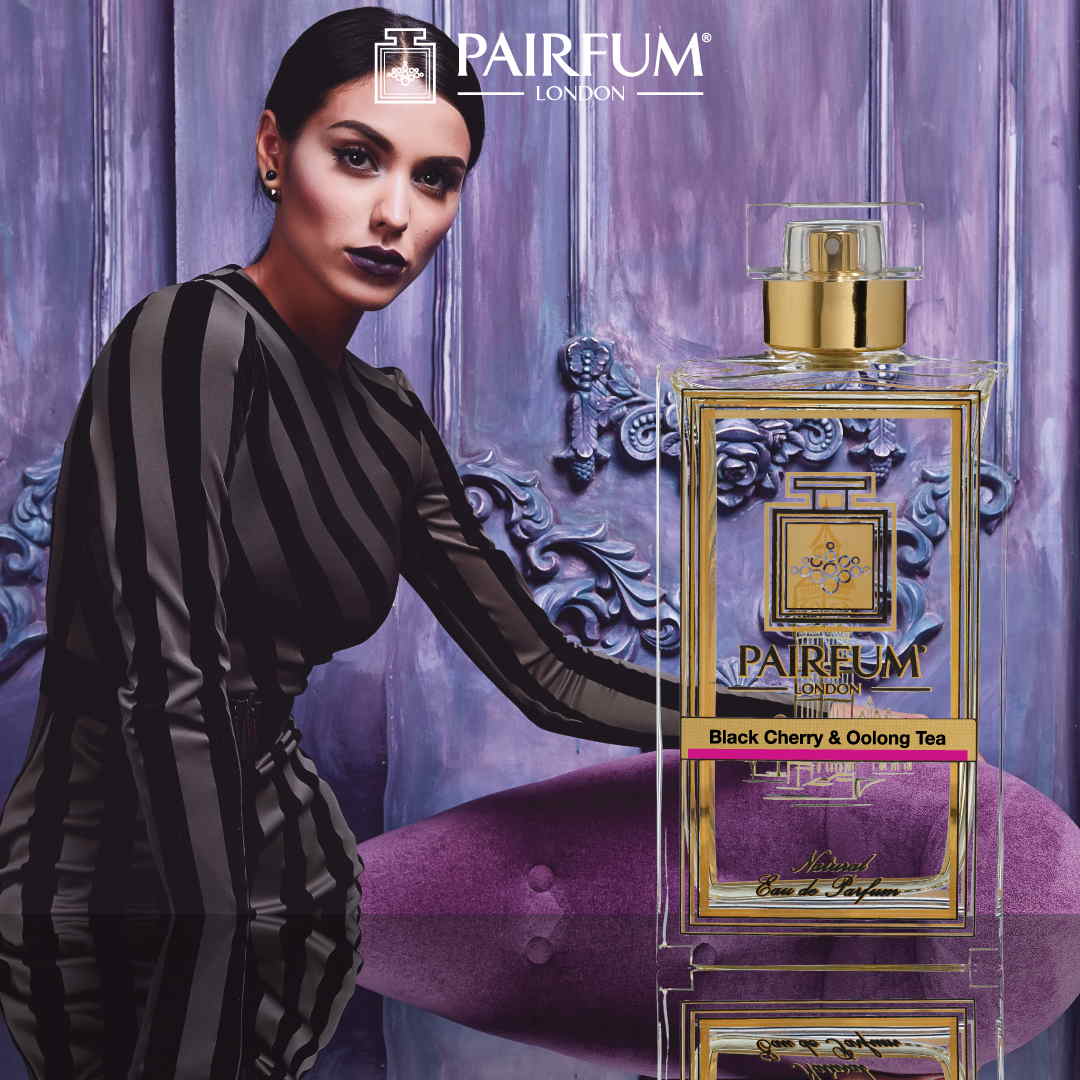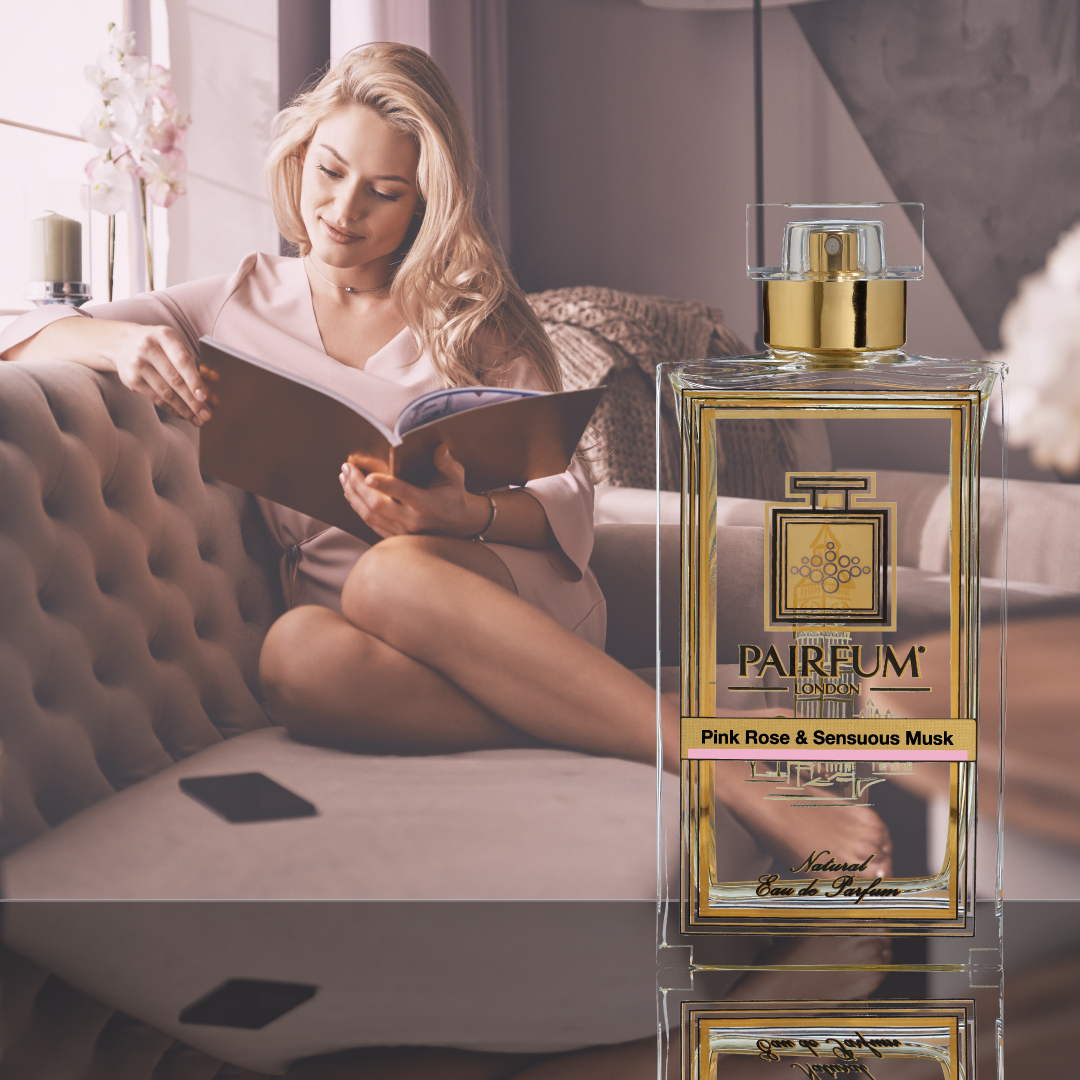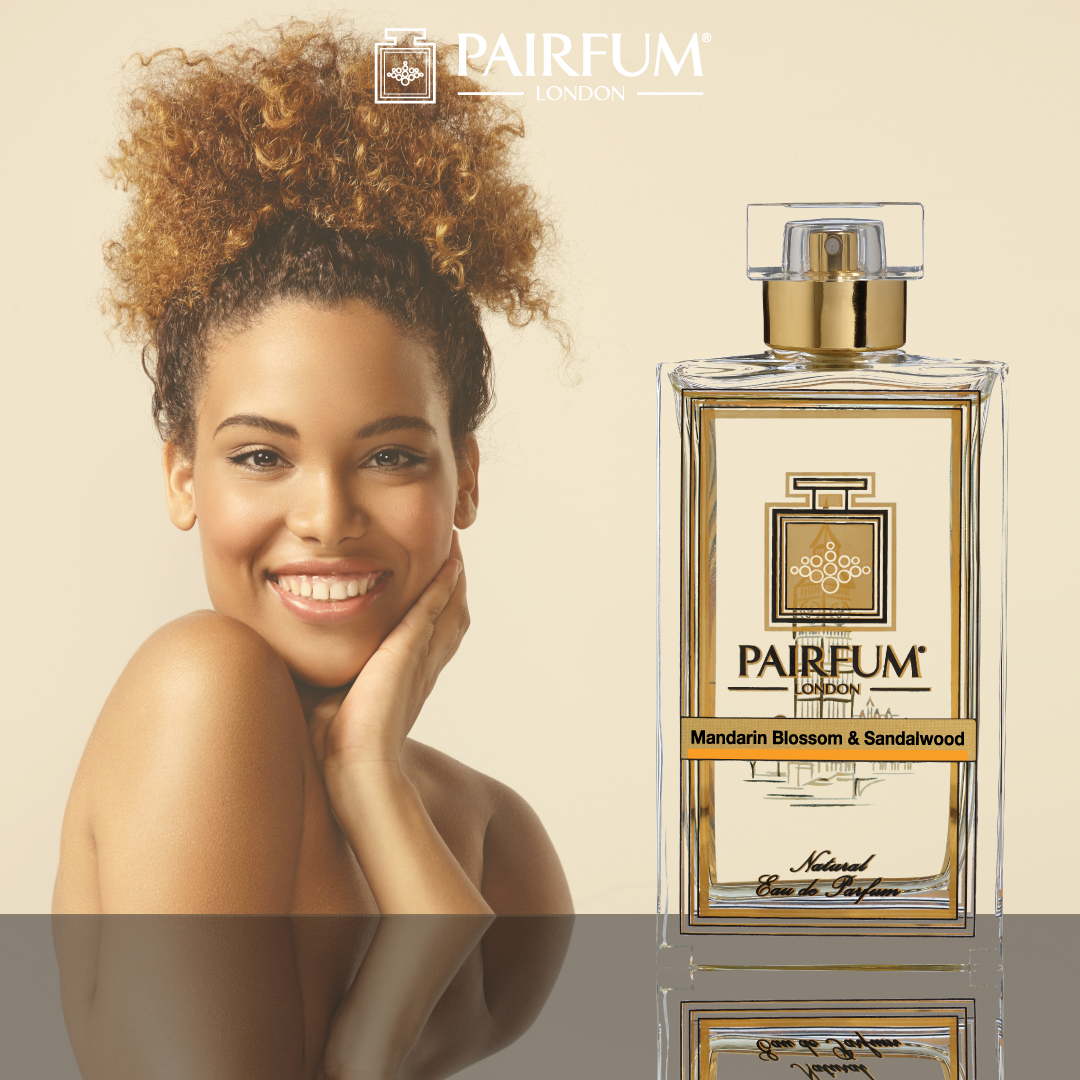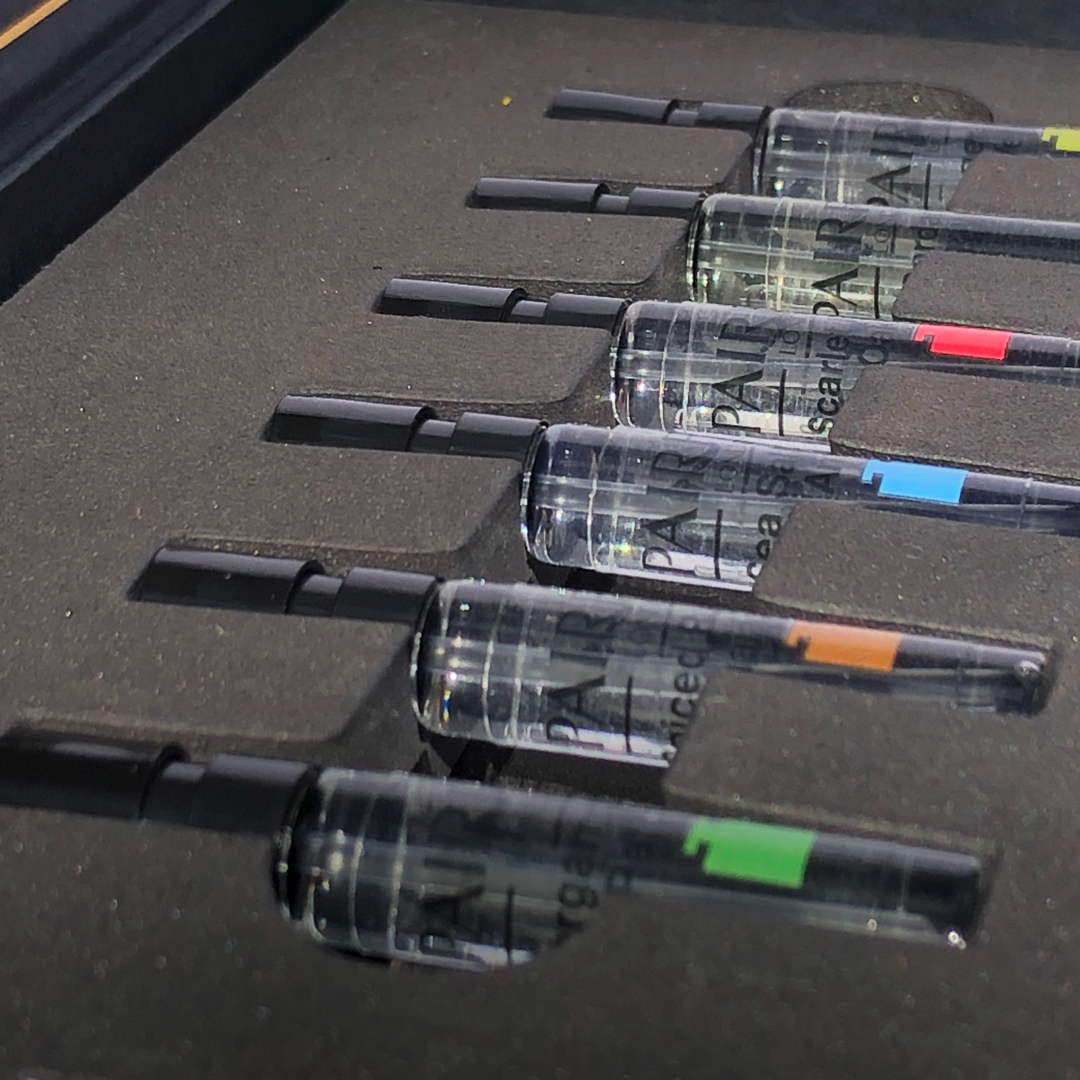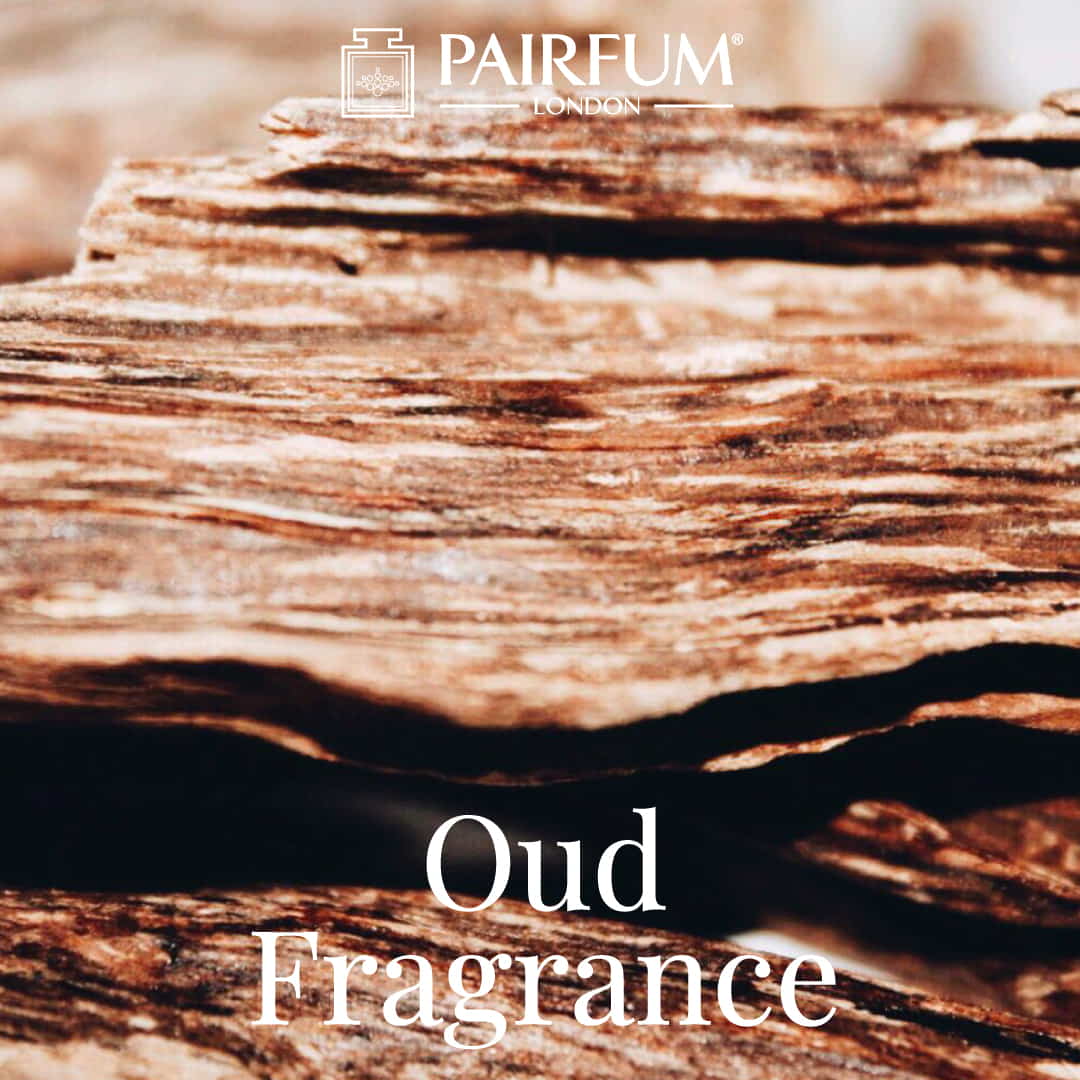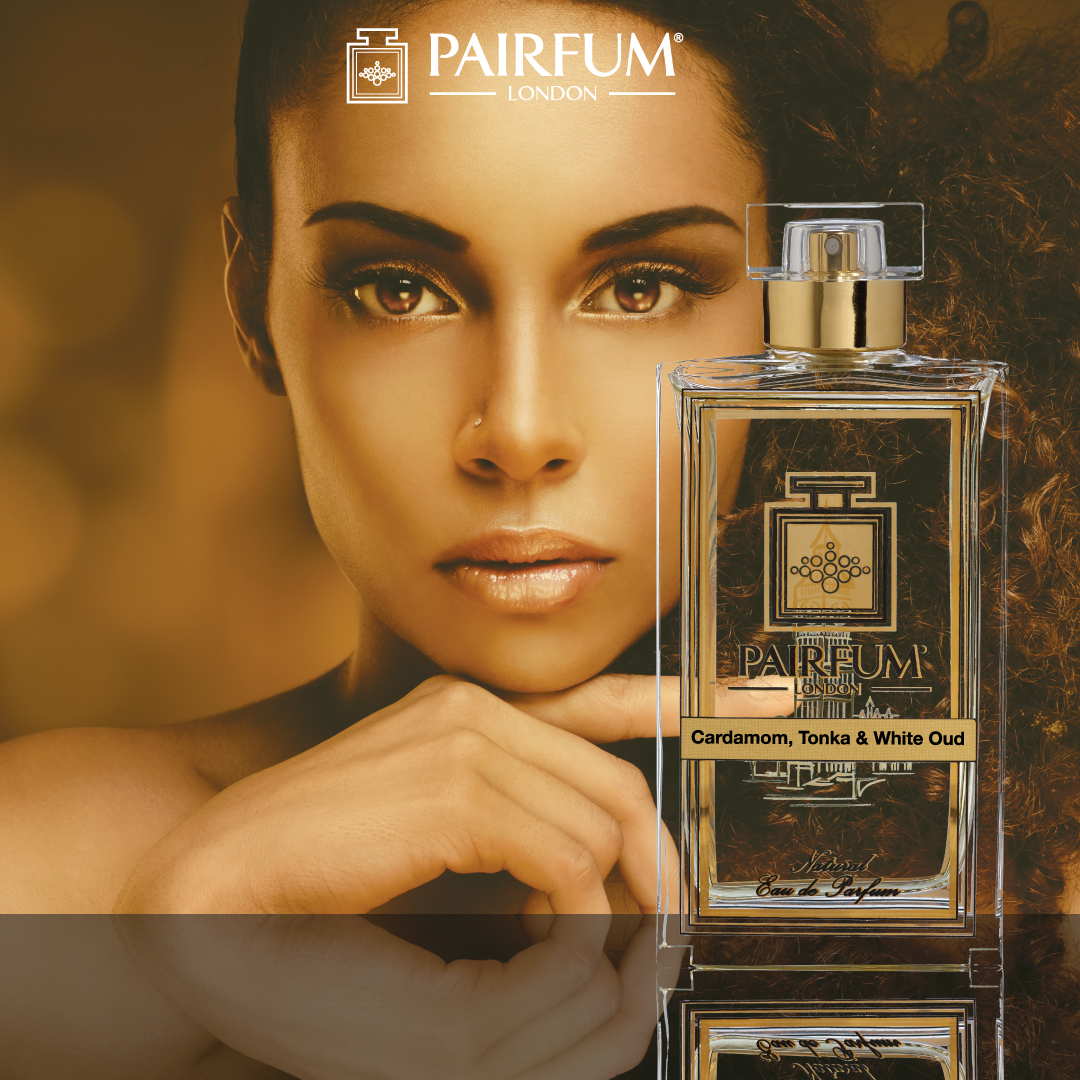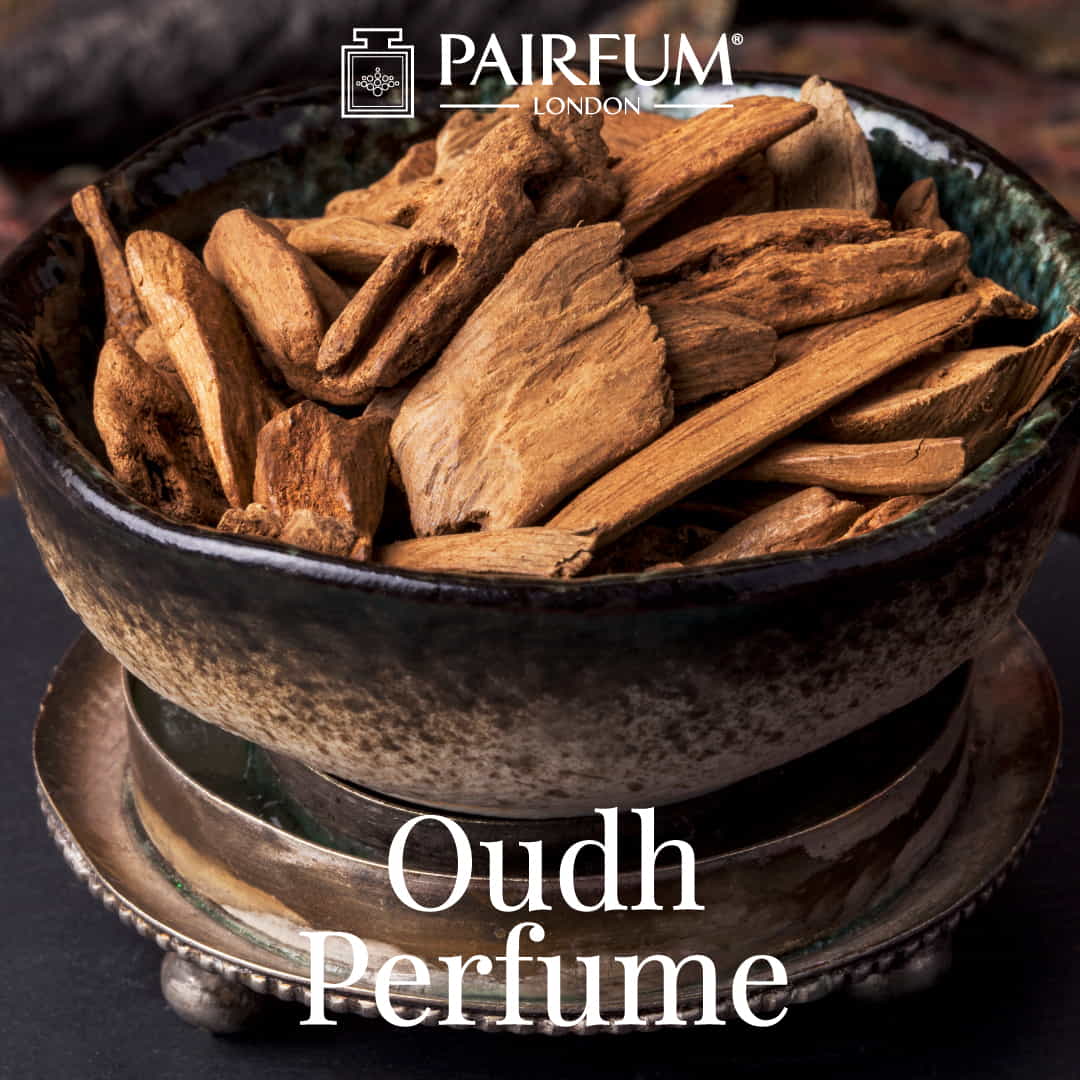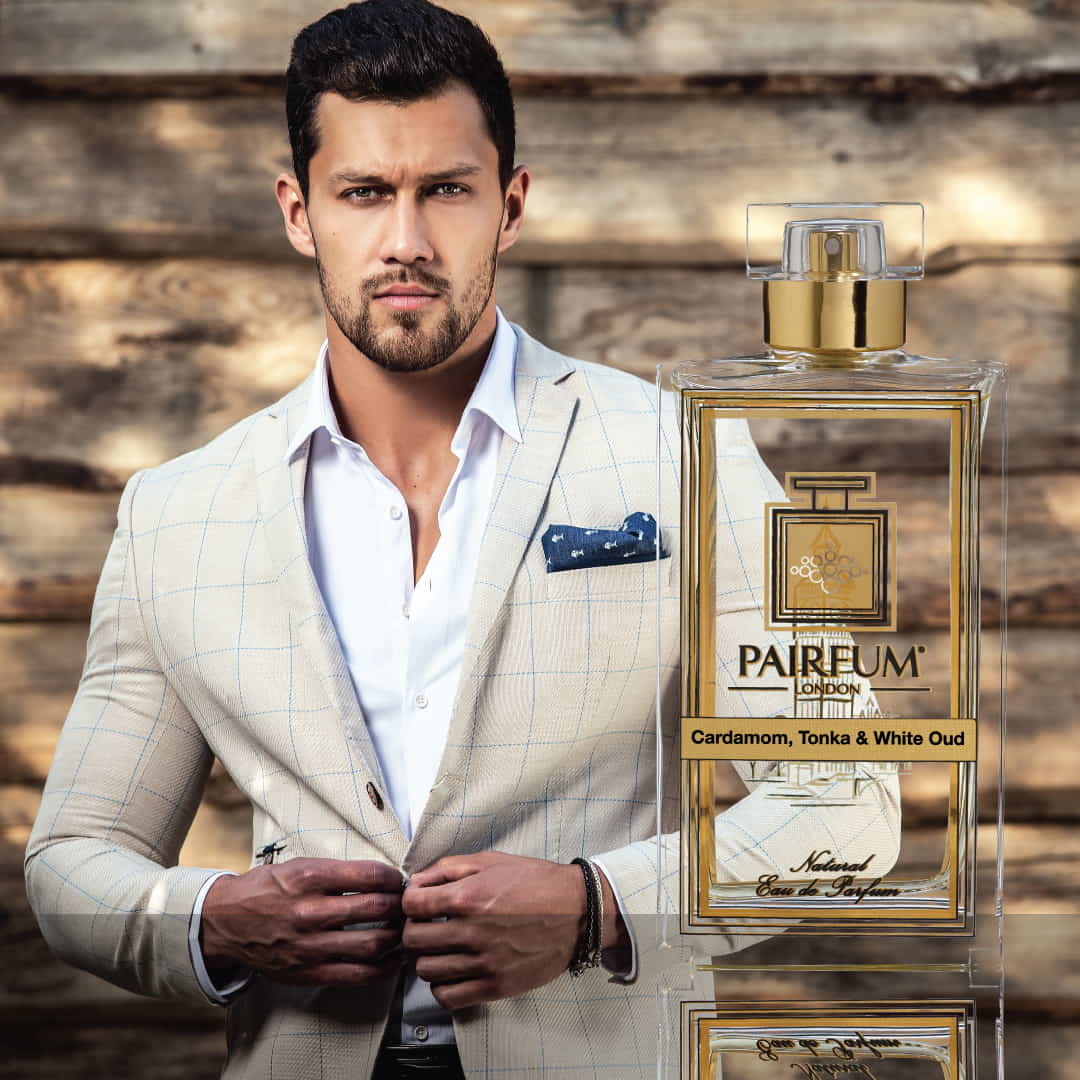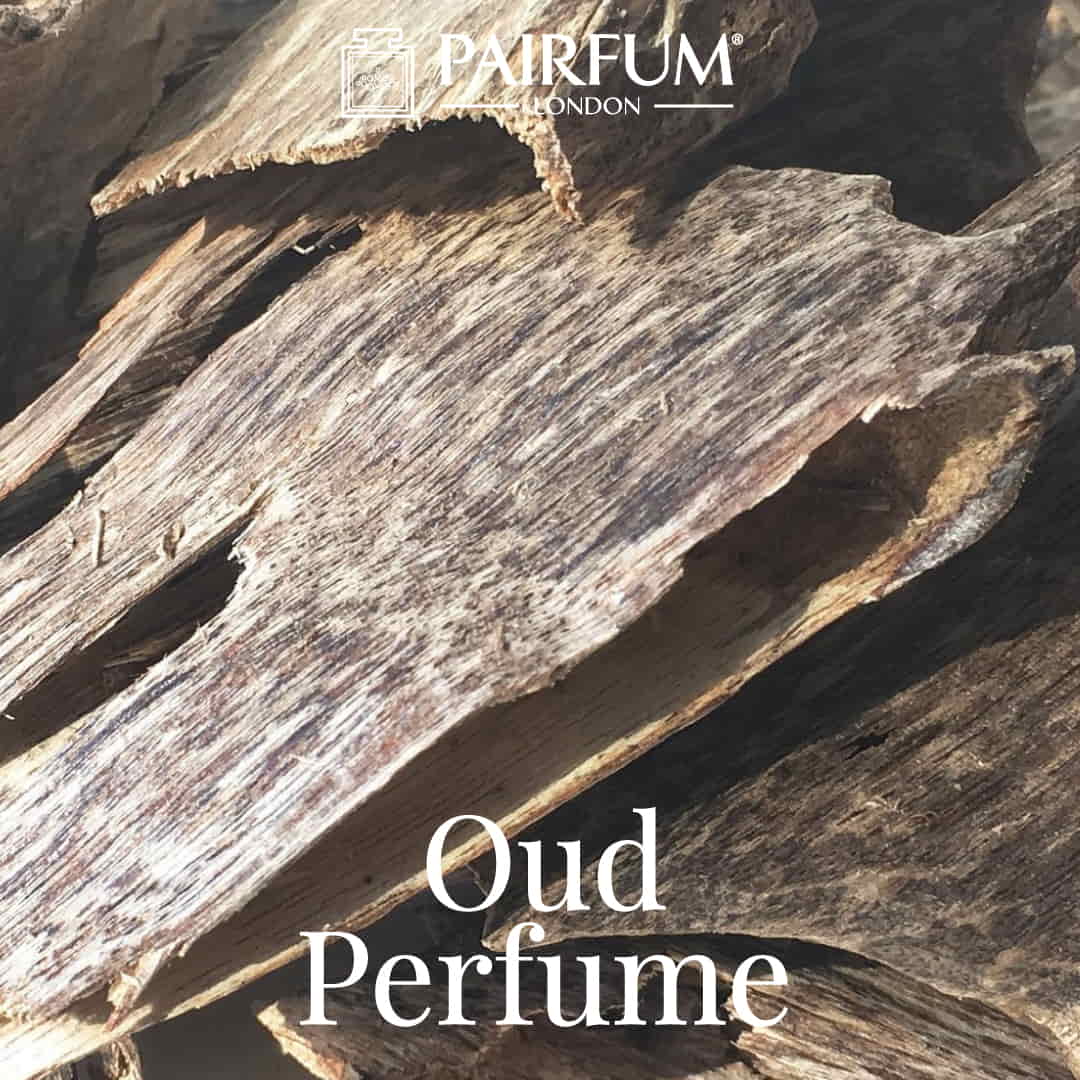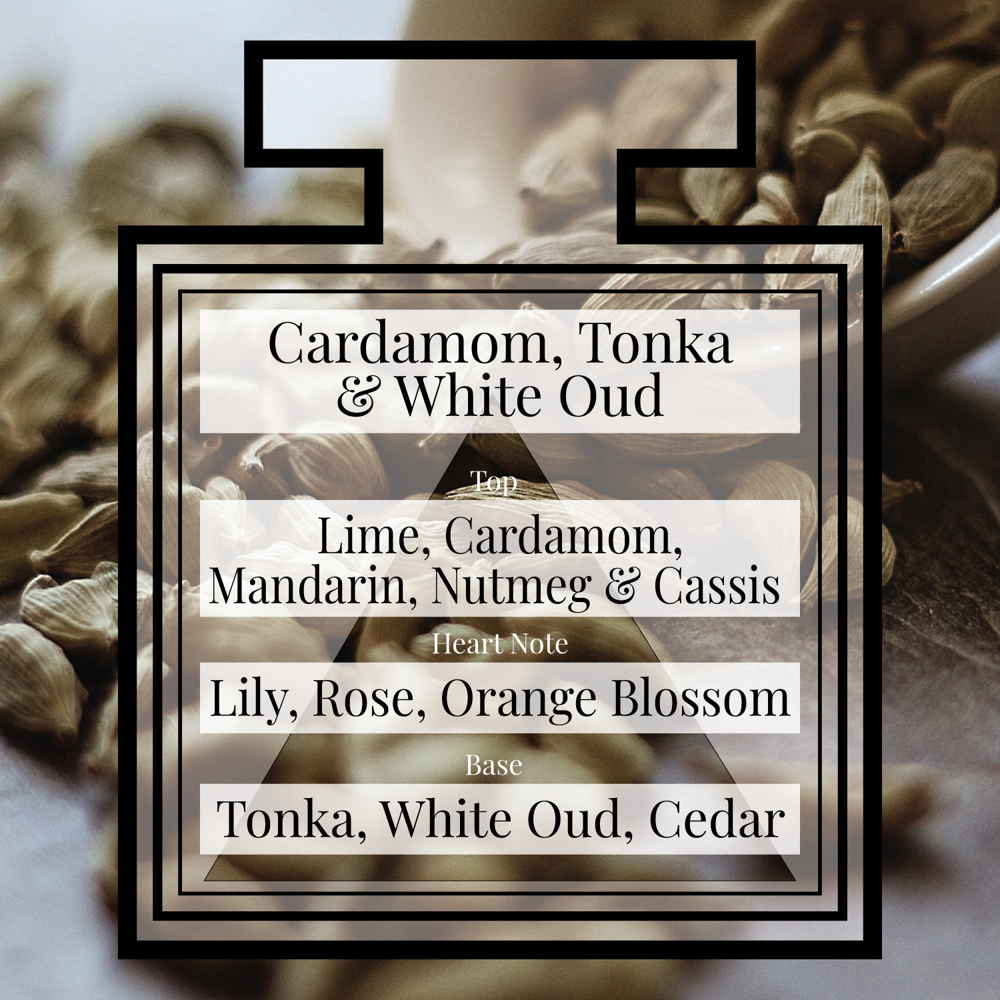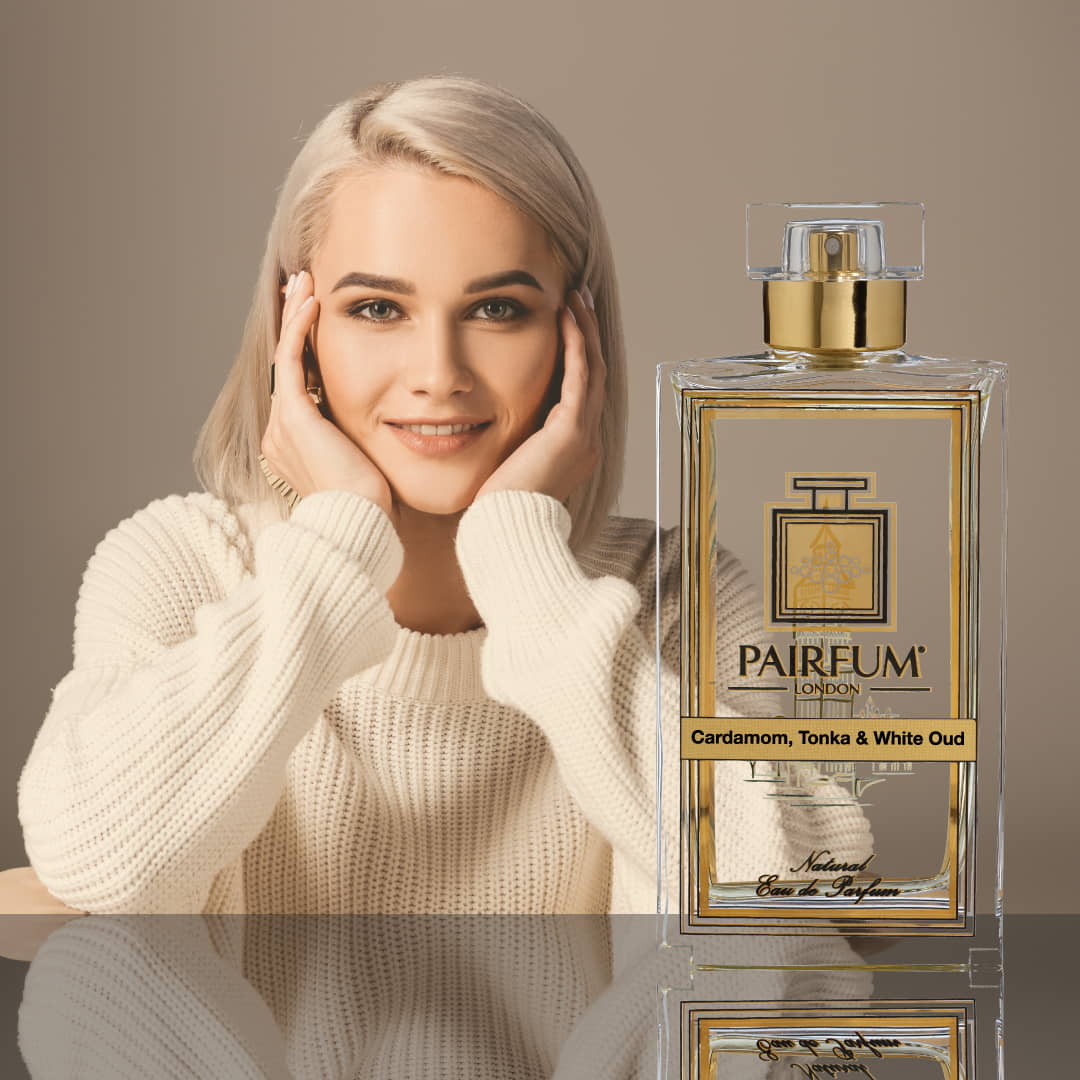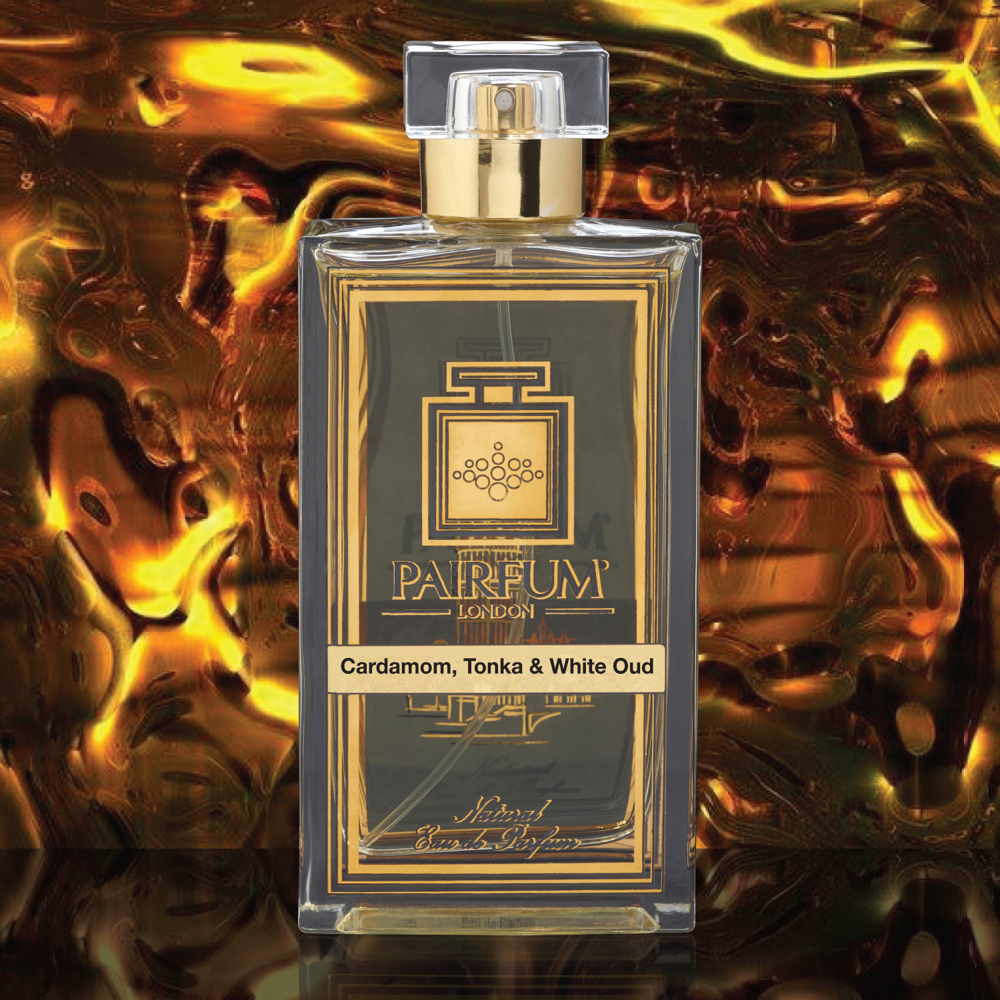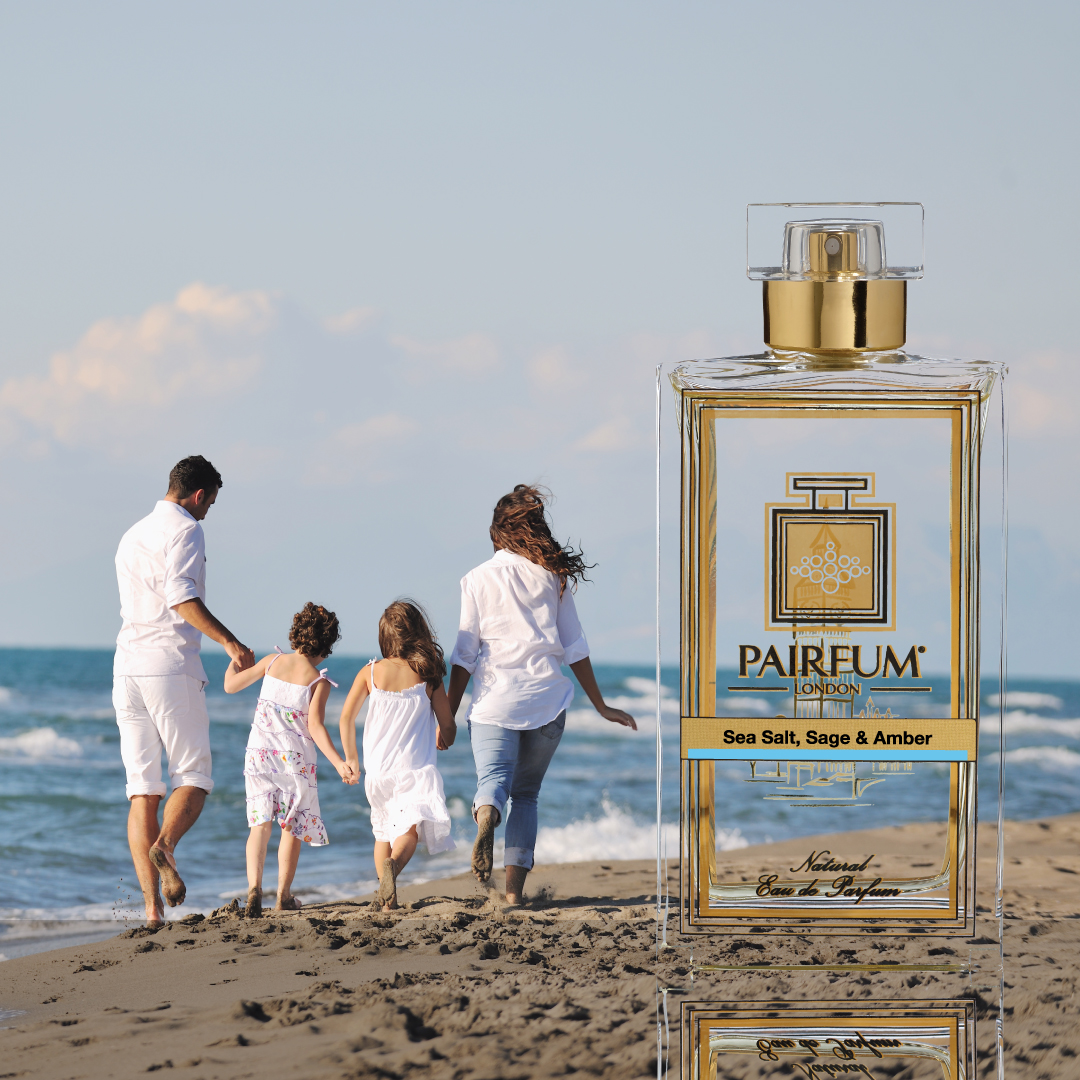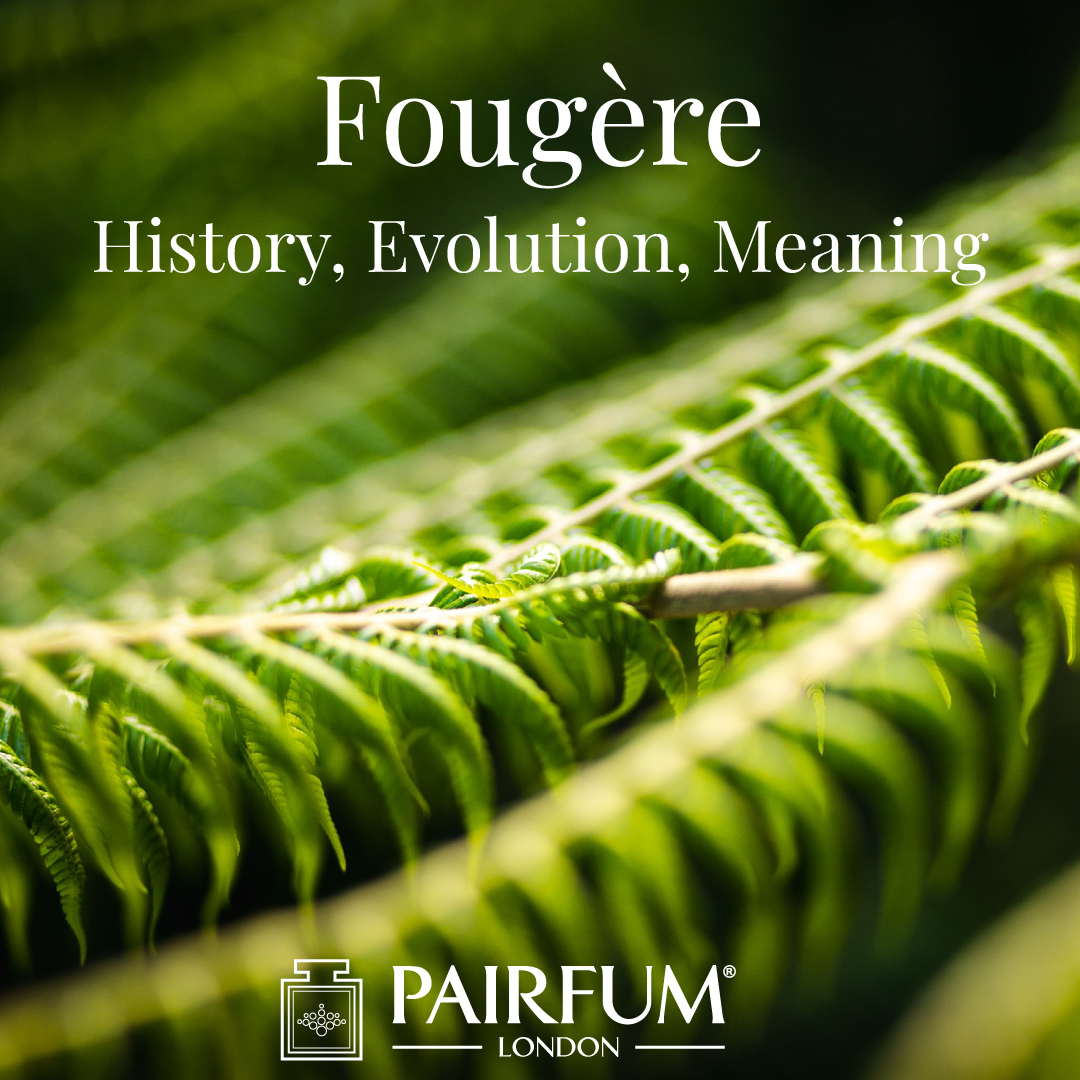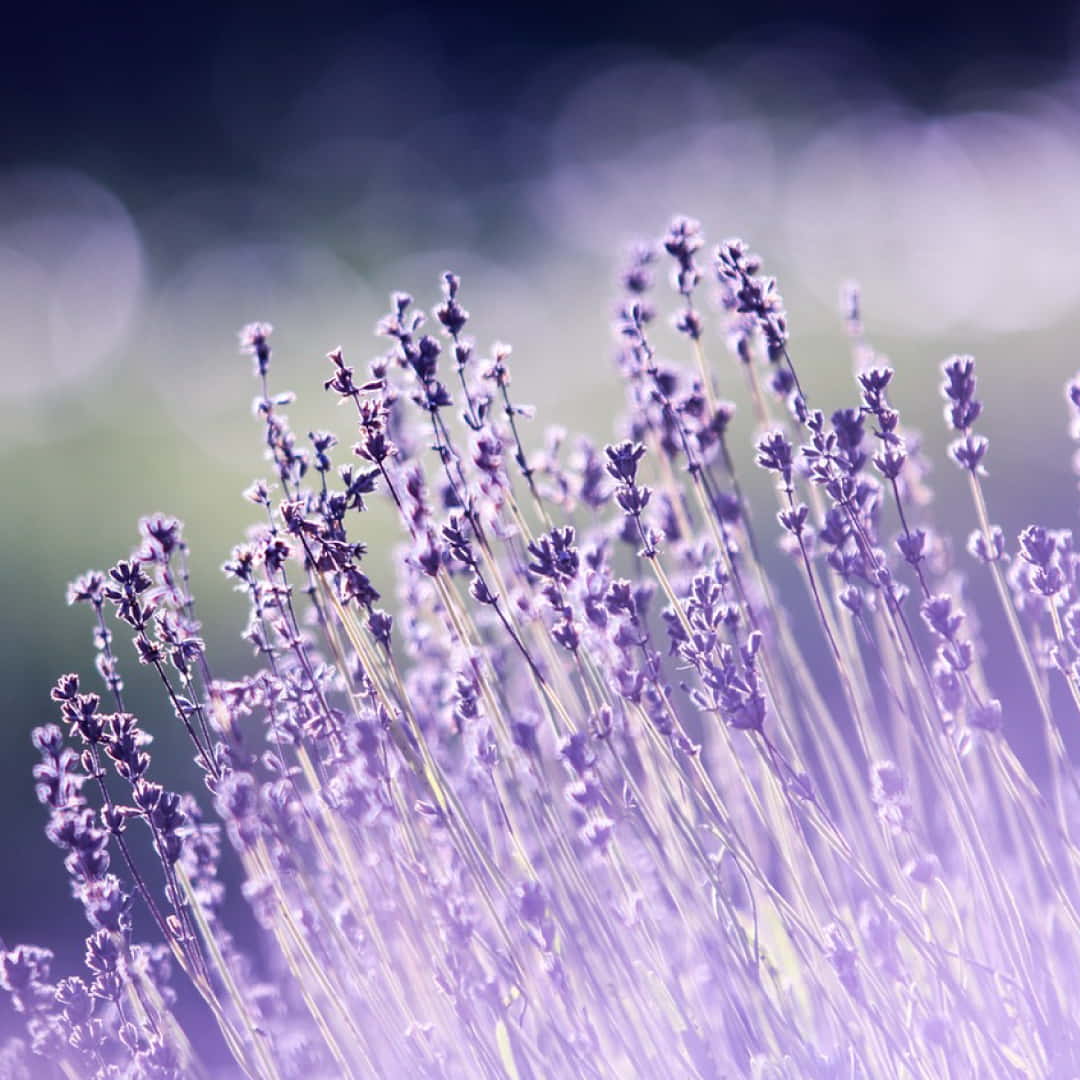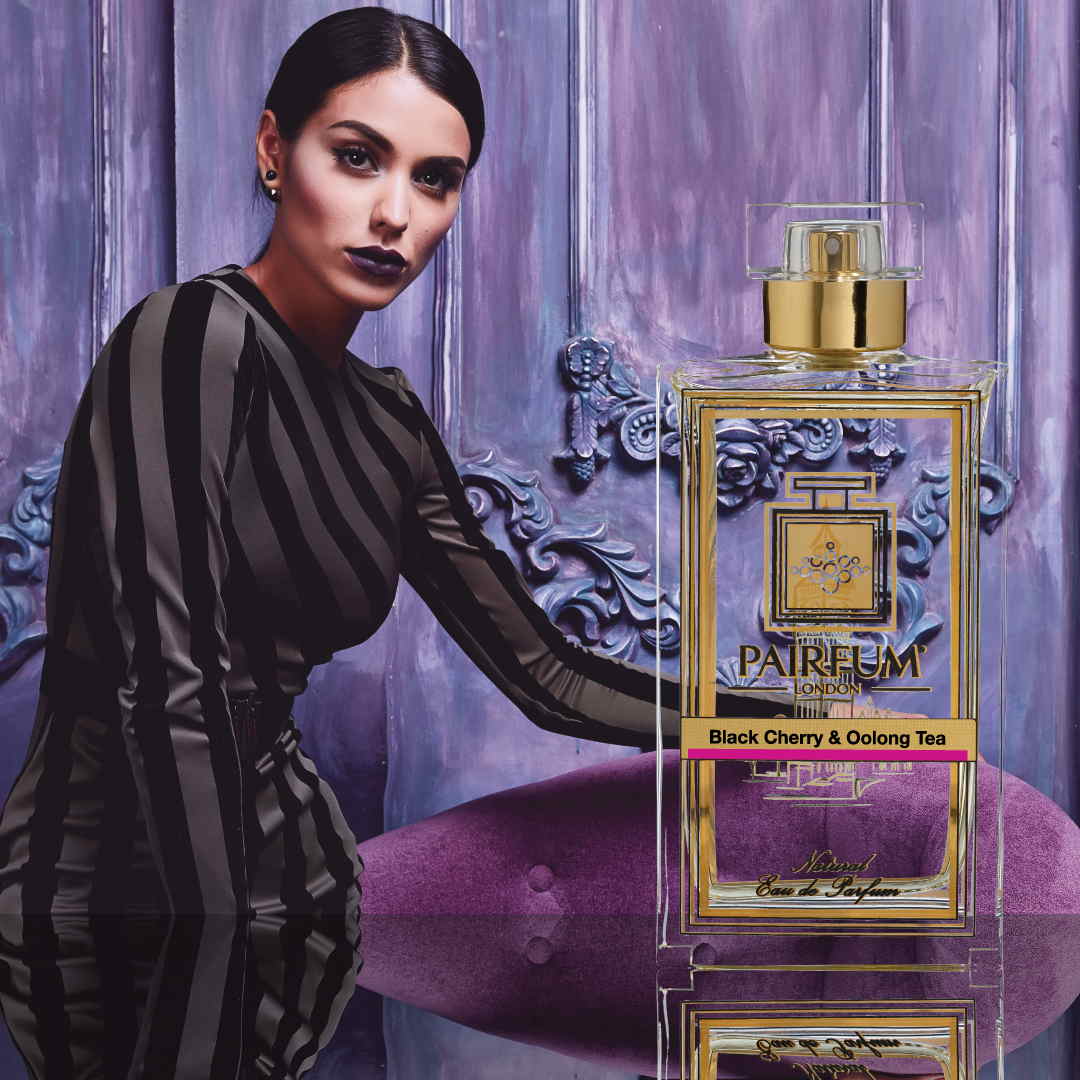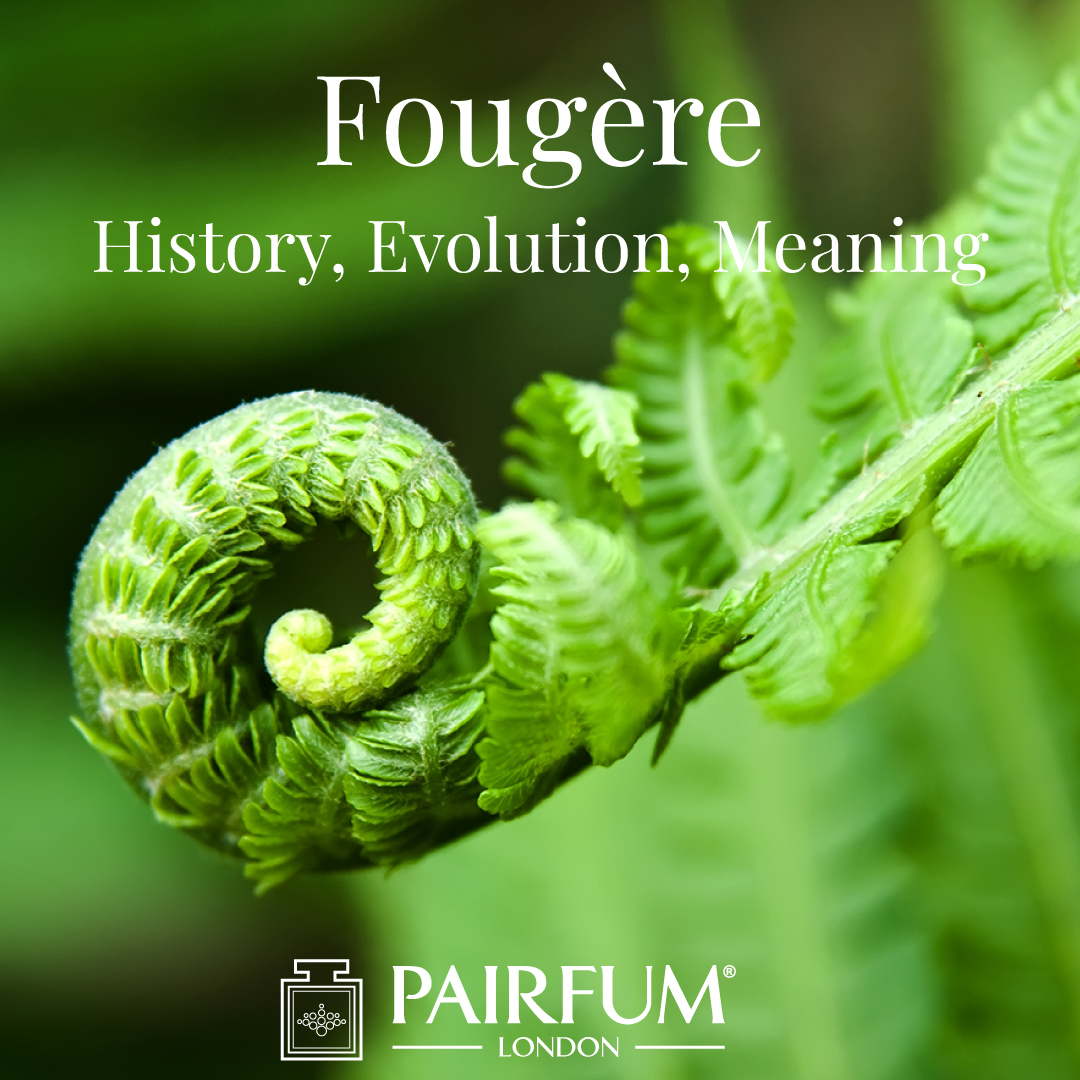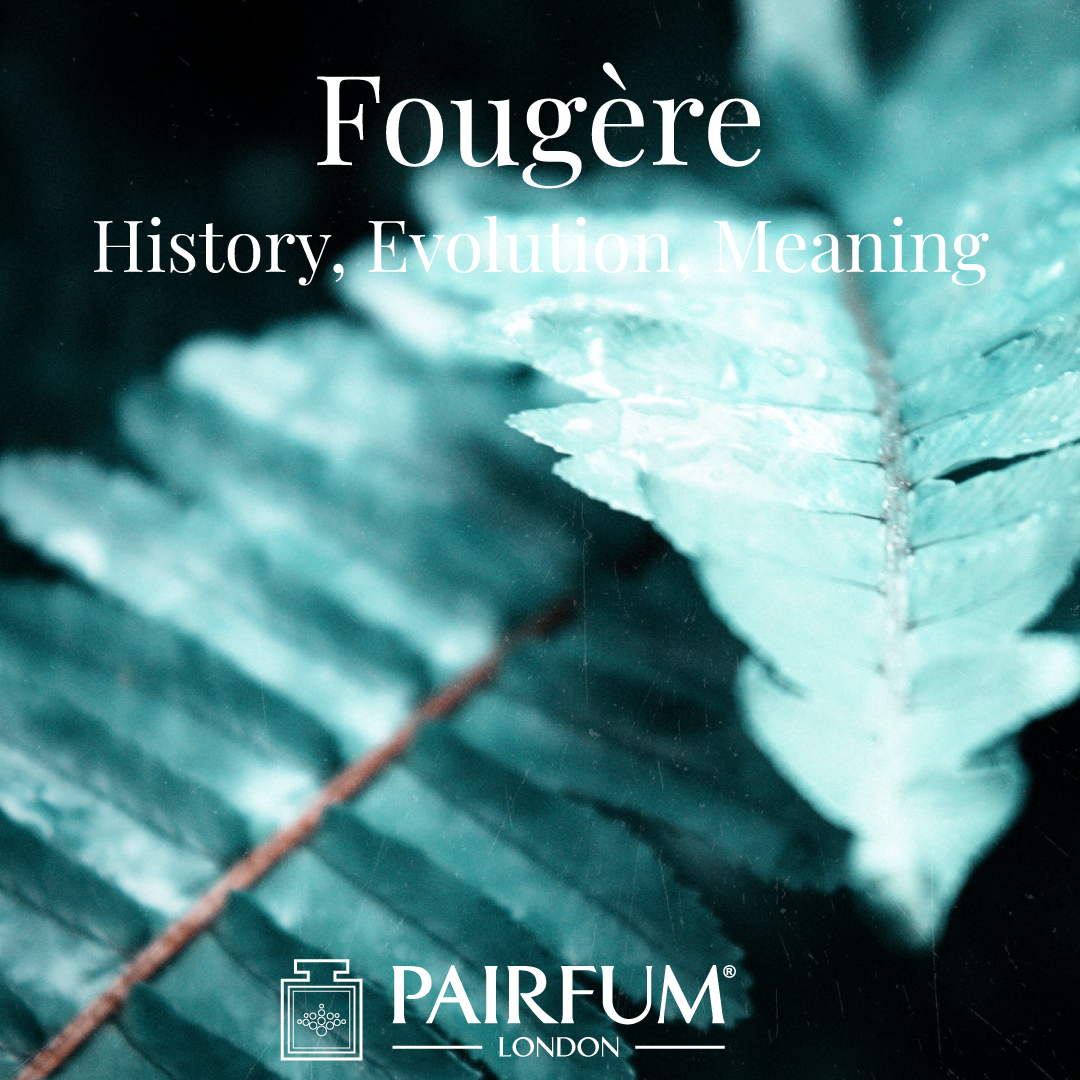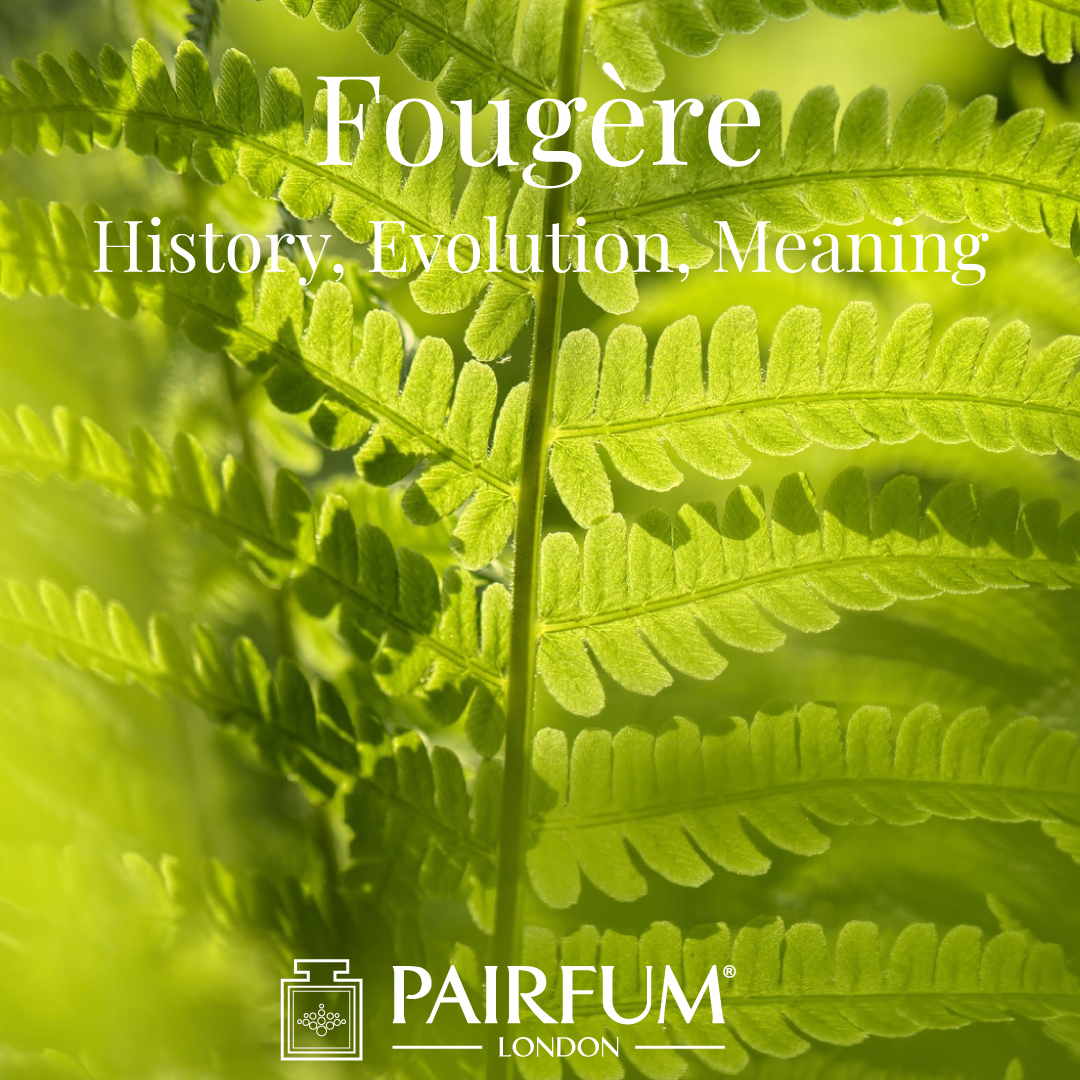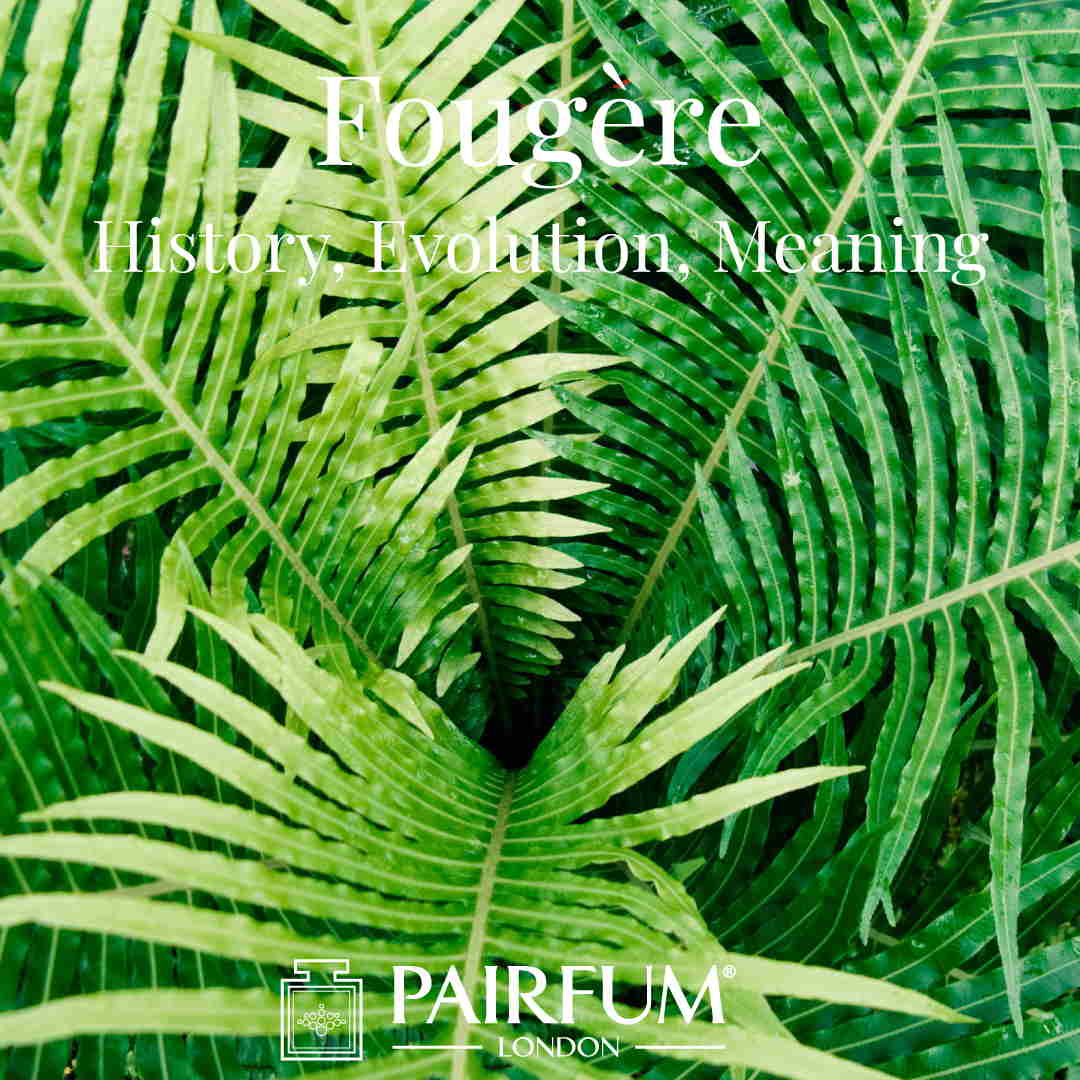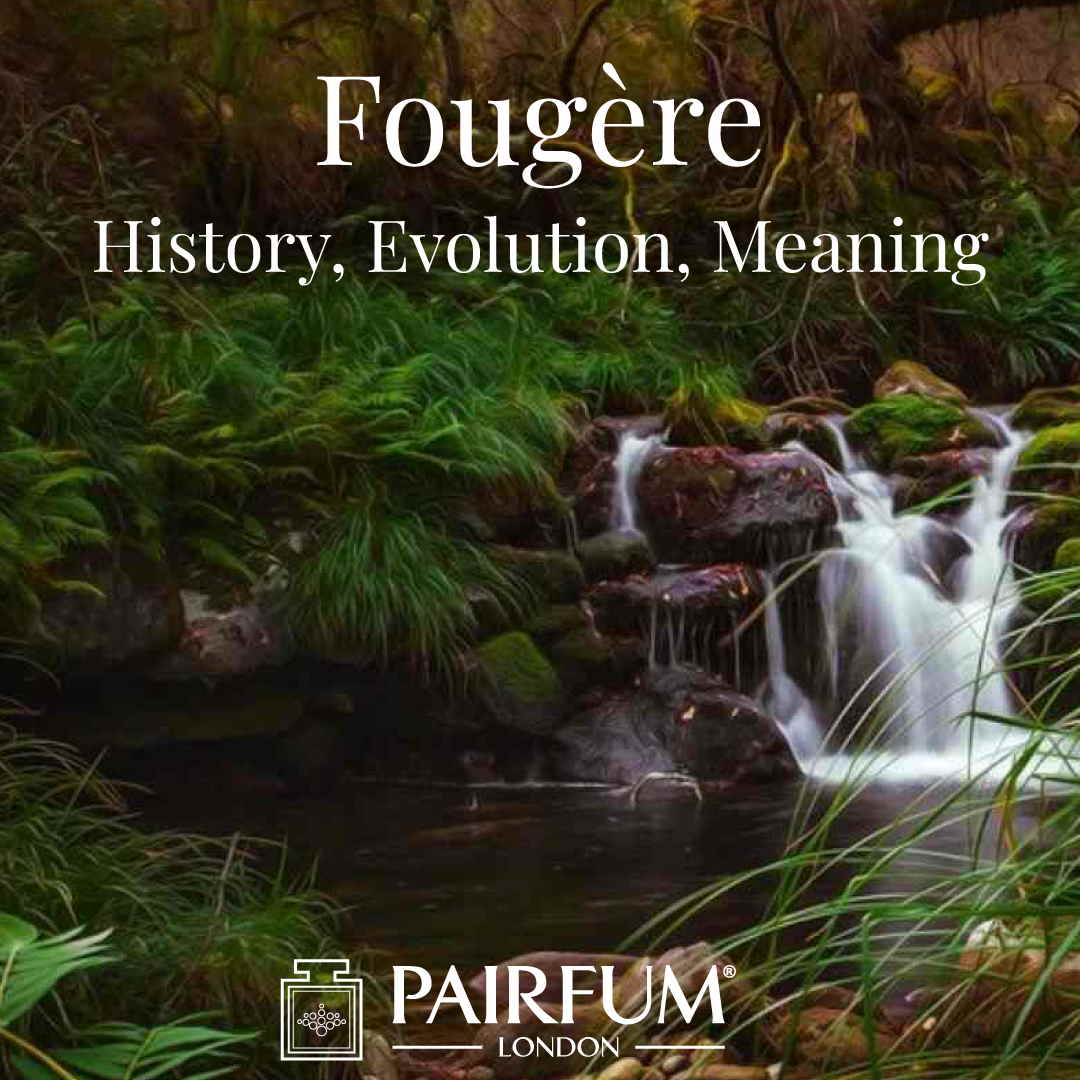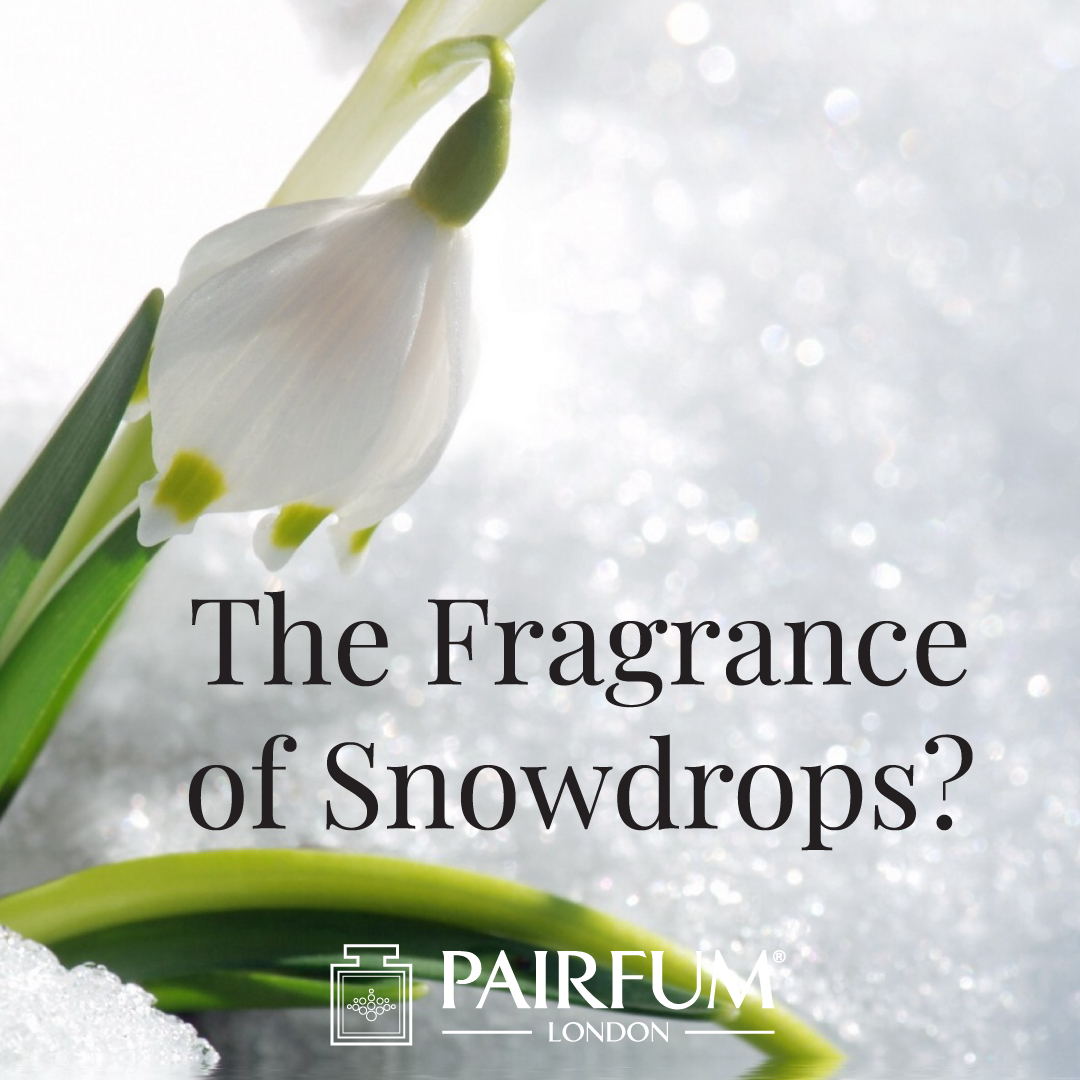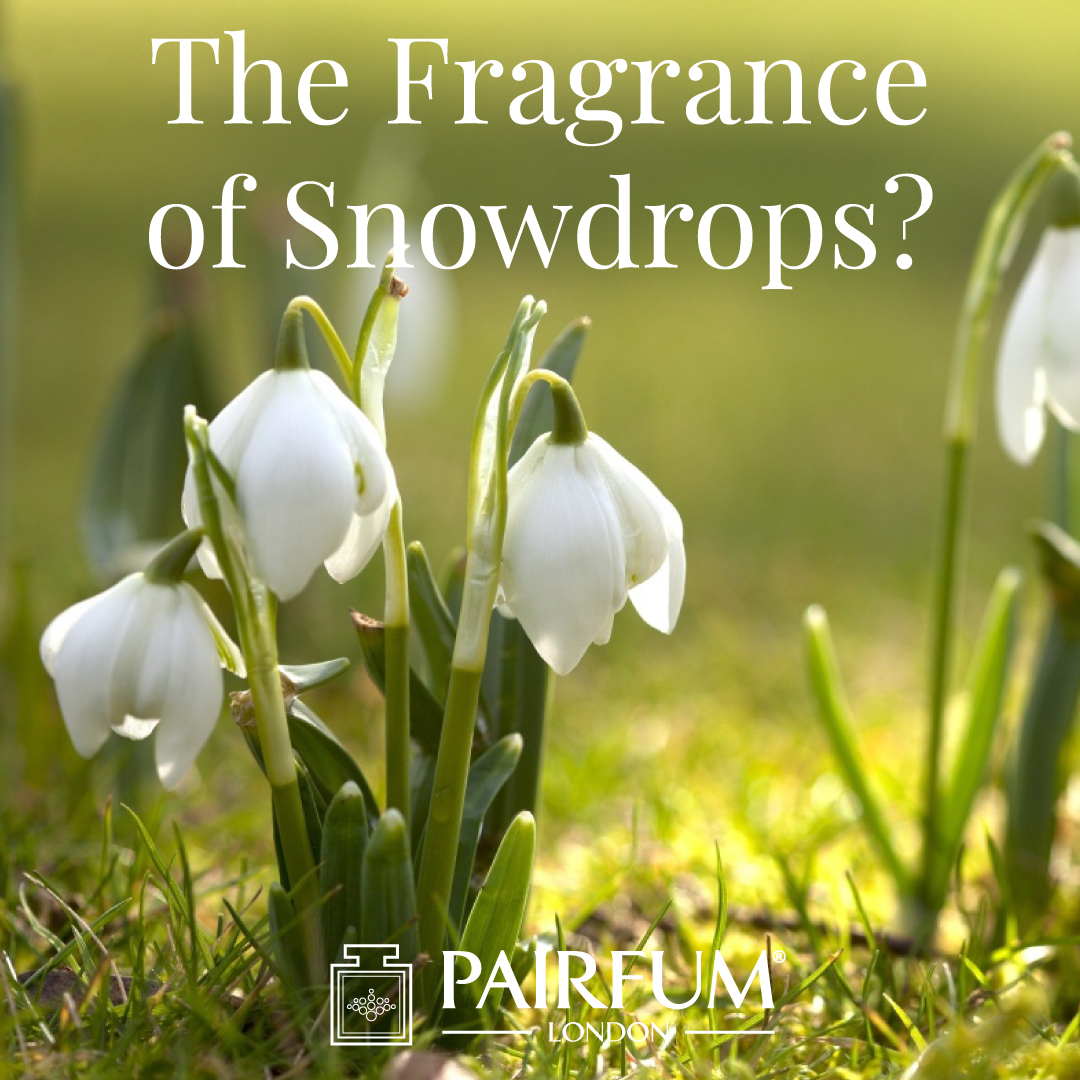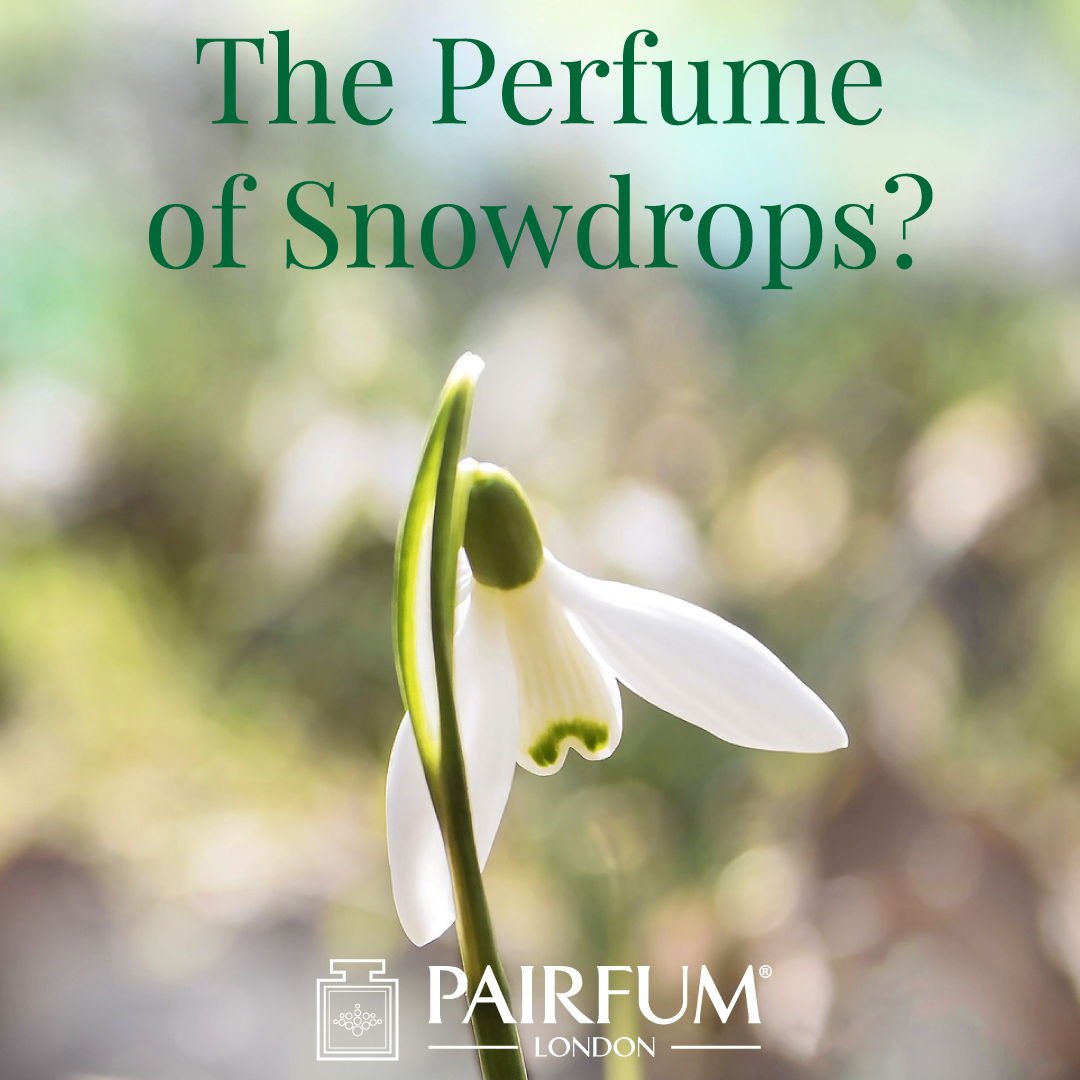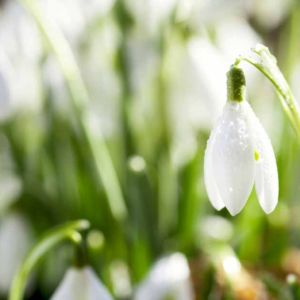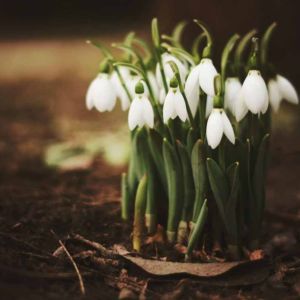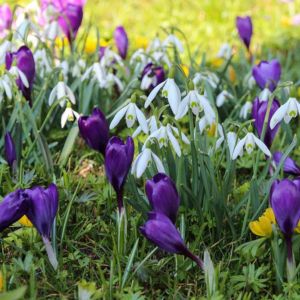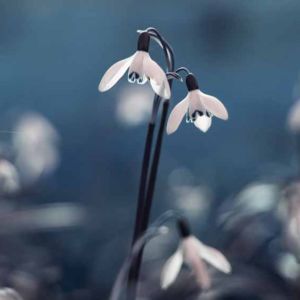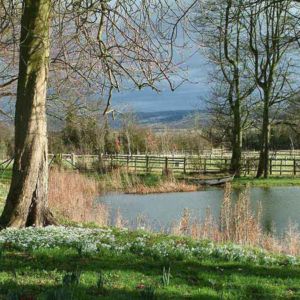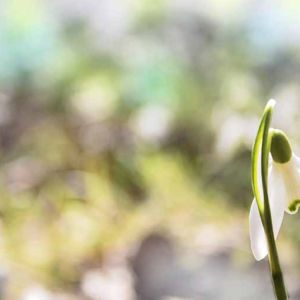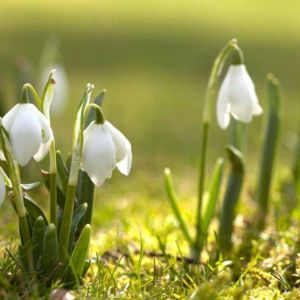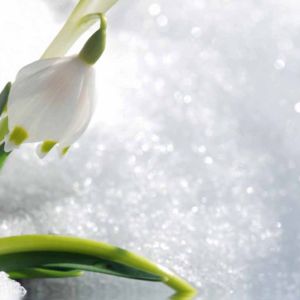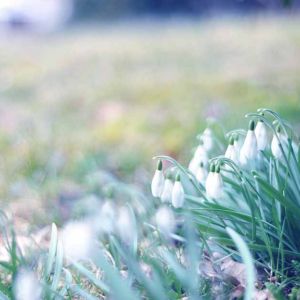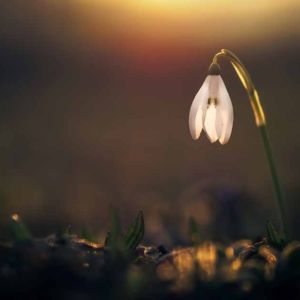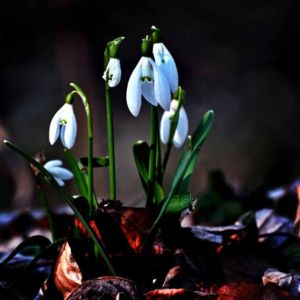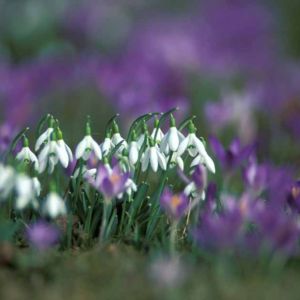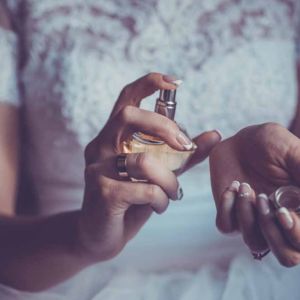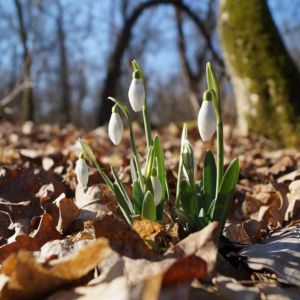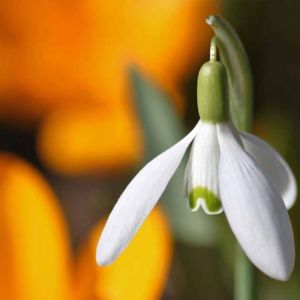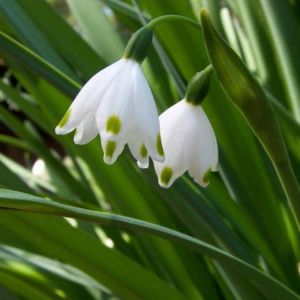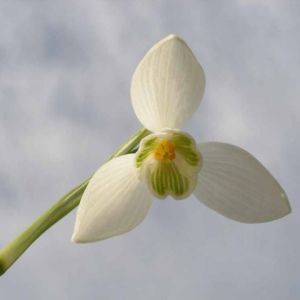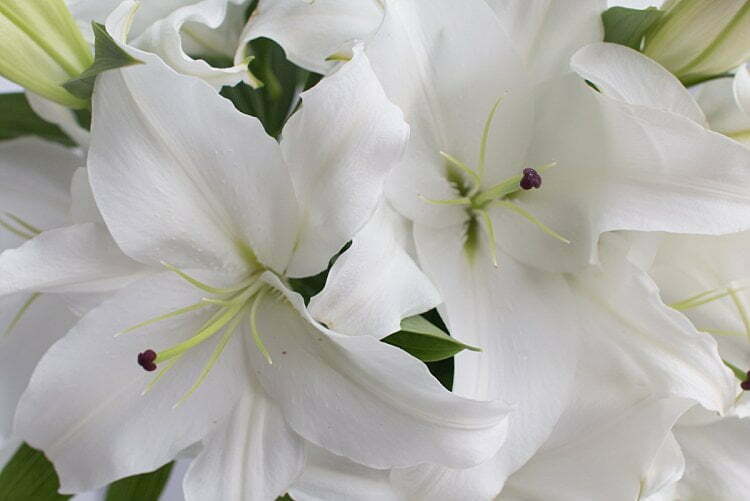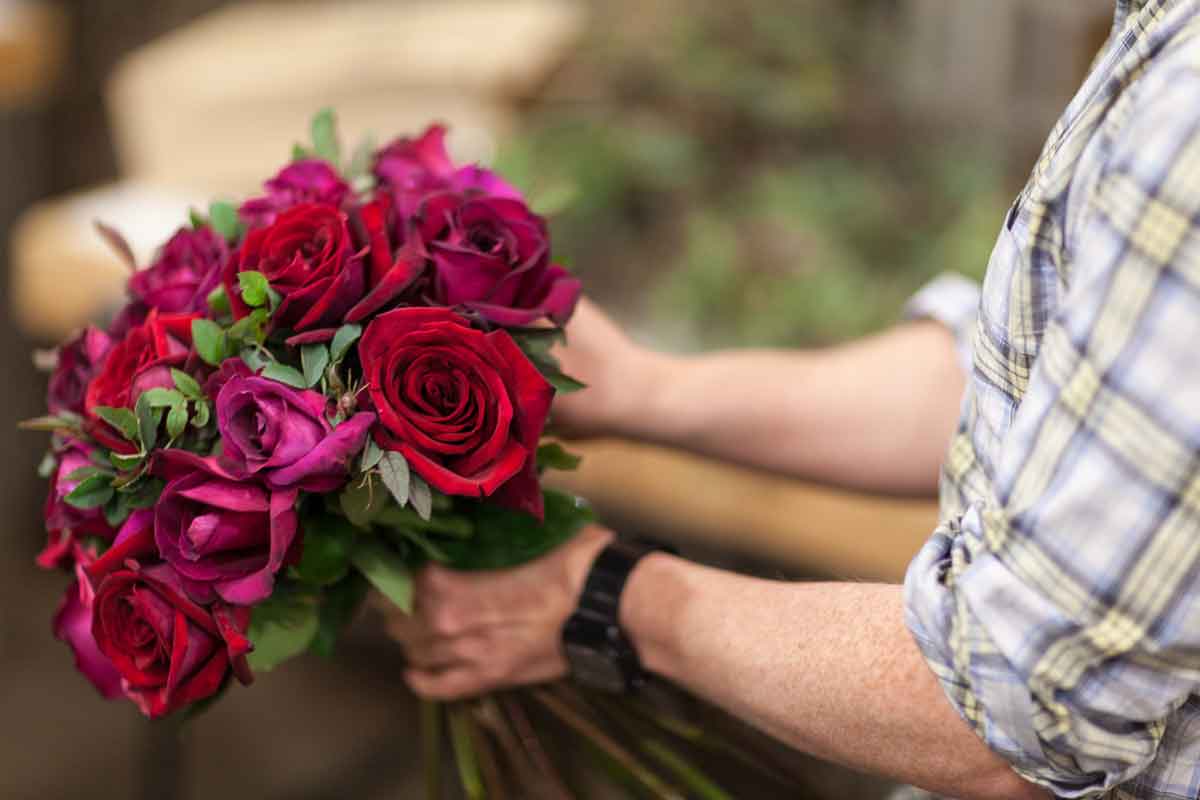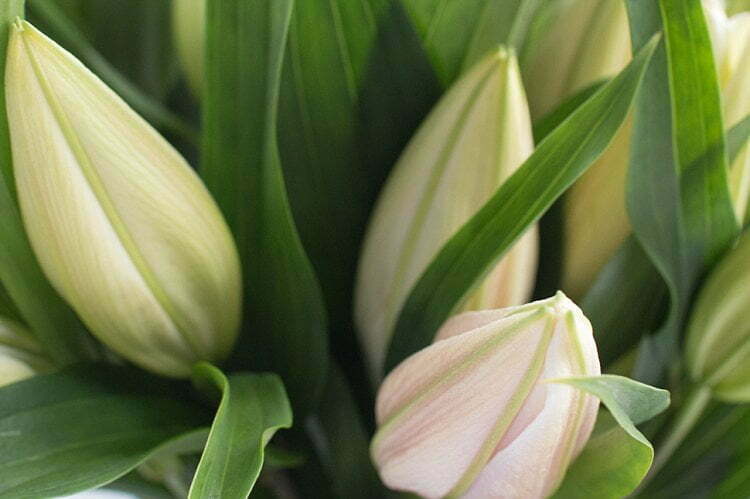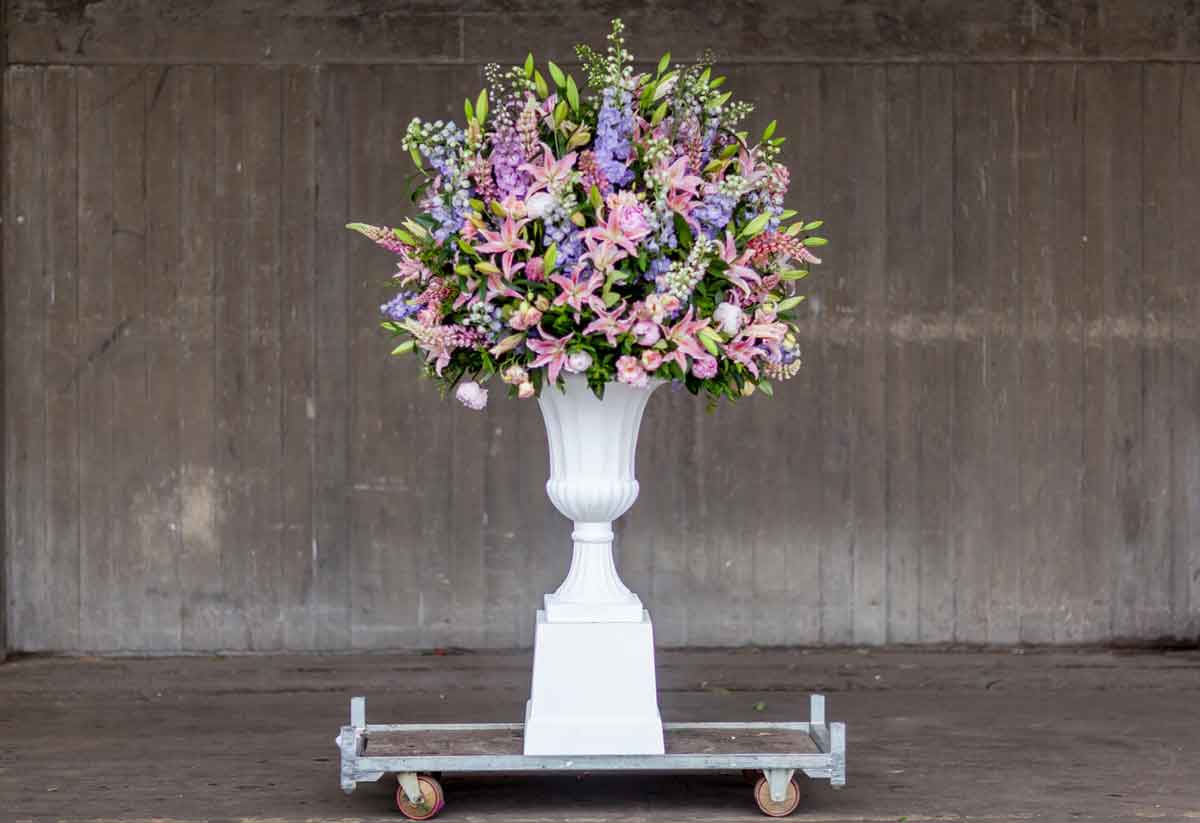The green smell in perfumery is a scent that has fascinated and intrigued the fragrance world for generations, with its beguilingly elusive and enchanting essence that conjures the essence of nature’s hidden treasures.
Green notes impart a crisp, sharp quality and enhance the naturality perfumes. Whether incorporated into a floral, chypre, aromatic, woody or fruity fragrance, their distinctive freshness serves as a magical element that brings a sense of ‘outdoor life’ to a fragrance.
As a boutique perfumery house with a sensitivity for the taste and ‘zeitgeist’ in fragrance, Pairfum invites you on a journey to discover the enigmatic green smell of perfumery as we reveal its intricate nature in this article.
Here, we delve into the origins of this intriguing aroma, its various nuances, and its impact on the art and craft of perfumery. Immerse yourself in this mystical olfactory world, where green perfumes capture the spirit of nature and its intricate allure, captivating the senses and transporting us to a realm of sensory enchantment.
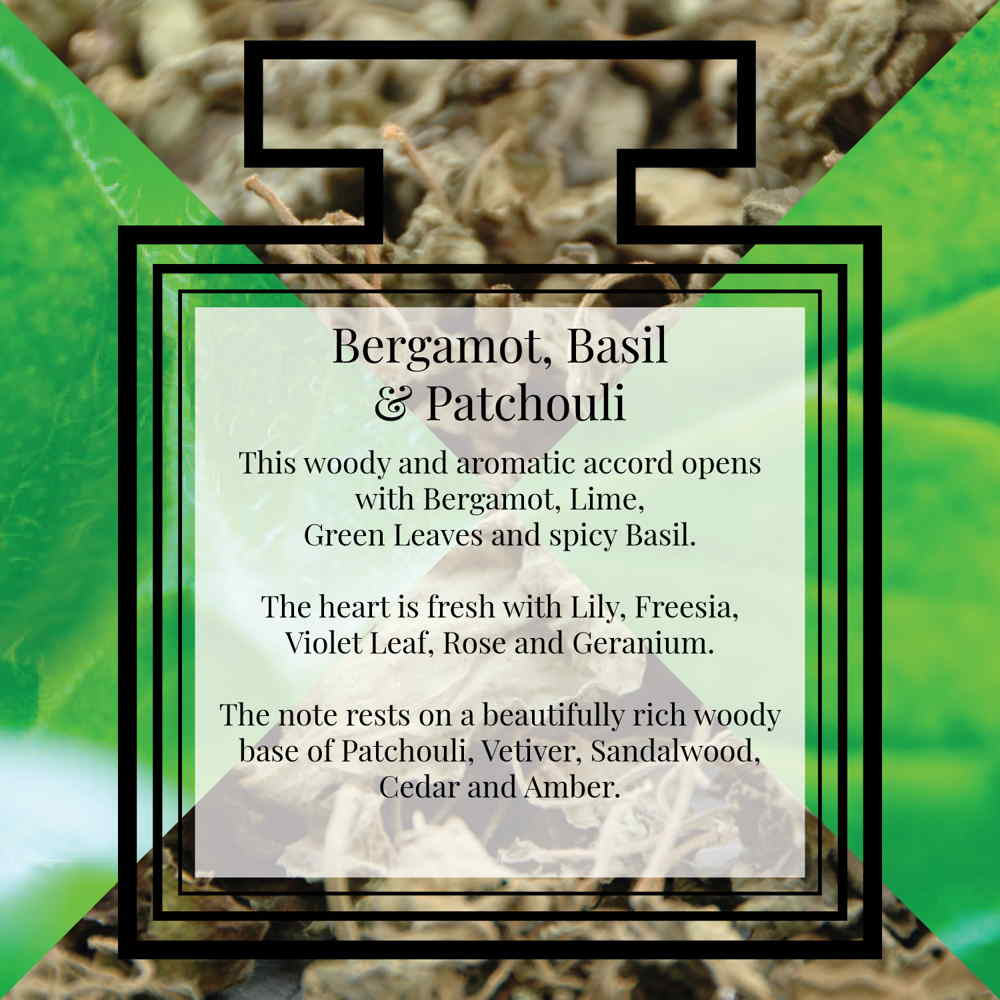
Origins of the Green Smell in Perfumery
While the term may evoke an air of mystery, the green smell has a rich heritage deeply rooted in the history of perfumery. The enigmatic green aroma references a specific genre of scents inspired by leaves, stems, foliage and the raw, fresh green essence of fresh grass.
During the 1960s and 1970s, perfumers began to explore its unique and exciting olfactory charms, with classic fragrances such as Estée Lauder’s Alliage, Givenchy’s III, Vent Vert by Balmain and Chanel’s Nº19 leading the charge. As the practice of olfactory artistry evolved, so too did the green smell, finding its way into various fragrance compositions and capturing the hearts of perfume enthusiasts seeking solace in nature’s embrace.

Understanding the Green Smell: Nuances and Variations
As with all things in nature, the green fragrance in perfumery encompasses a vast array of scents that can be classified along several fascinating spectrums:
Fresh, Leafy Greens
Think of the scents that waft through a lush forest or an earthy garden after a rainfall. These fragrances often contain a refreshing note that is redolent of crushed green leaves and vegetation, capturing the essence of verdant life. This fresh and invigorating smell is reminiscent of freshly cut grass, bringing to mind summer fragrances that evoke the liveliness of greenery and the natural world.
Bitter Greens and Resinous Exudations
Some green scents offer a bitterness that is evocative of the sap-filled resin that exudes from a broken tree branch or a freshly cut stem. Galbanum is one such plant commonly used in perfumery for its distinctive and potent green note. The resin obtained from galbanum (Ferula galbaniflua) is highly aromatic and conveys an intensely green, bitter, earthy scent.
Grassy Greens and Coumarin
In this category of green scents, the aroma of newly mown grass serves as inspiration. The olfactory compound coumarin, found in sweet grass and plants such as tonka bean, ignites a sweet, hay-like fragrance that evokes days spent basking in the sun. The scent of fresh cut grass is both invigorating and nostalgic, embodying the essence of summer.
Herbal Greens and Warm Spices
Aromatic herbs such as lavender, rosemary, basil, sage and thyme can lend green warmth and fragrant, spicy character to a perfume. These herbal green notes can evoke the sensation of walking through herb gardens on a sunny day, adding a layer of depth and complexity to a host of fragrances. These aromatics combine combines beautifully with citrussy or aquatic notes for an light, refreshing and outdoor feeling. Other ingredients that wonderfully complement these aromatic are mosses, woods and resins.

Selected Ingredients that Contribute to the Green Smell in Perfumery
When seeking the source of the green aroma in perfumery, certain botanical ingredients stand out for their distinctive green-tinged aroma:
Galbanum
As mentioned earlier, galbanum is an indispensable ingredient in many green fragrances. This plant, native to Iran, releases a potent and earthy aroma with underlying green and bitter nuances. Perfumers often use galbanum to construct green chypres and intriguing scent combinations.
Green Tea
Green tea extends a soft, calming aura to perfumes, contributing a delicate freshness that is both subtle and sophisticated. Its unmistakable scent is characterised by hints of green leaves and a slight earthiness, enhancing the composition with a serene, natural touch.
Ivy
Ivy provides a crisp, vegetal green scent that lends a distinctive charm to green perfumery. Adding ivy to a fragrance can evoke a sense of wistful nostalgia, as it conjures images of ancient castles and overgrown gardens.
Oakmoss
Oakmoss, found in the lichen family, imparts a woody, earthy aroma to a fragrance, adding an element of depth that is unmistakably connected to the forest floor. Utilised in chypre fragrances for its resinous, green qualities, oakmoss brings a certain intensity and richness to the mix.
Violet Leaf
Violet leaf introduces a green leaf aroma that is both fresh and slightly metallic. This ingredient adds a dewy, crisp quality to perfumes, reminiscent of green leaf volatiles that one might encounter in nature.
Fig
The green fig note is fruity and fresh, with a hint of earthiness that evokes the lushness of fig trees. This note adds a sweet, succulent dimension to green fragrances. The green bean scent, with its unique and slightly sweet vegetal aroma, also enhances the complexity of these fragrances.
Matcha
In perfumery, matcha, a finely ground green tea powder, has a unique and distinctive scent profile. The aroma of matcha in a perfume can be described as follows:
- Green and Fresh: Matcha has a vibrant green aroma that is refreshing and invigorating, reminiscent of freshly cut grass or green leaves.
- Earthy and Vegetal: There is a notable earthy and vegetal quality to matcha, evoking the natural and grounding essence of tea leaves.
- Slightly Bitter: Matcha has a subtle bitterness, similar to the taste of green tea, which can add depth and complexity to a fragrance.
- Creamy and Smooth: Matcha often has a creamy and smooth undertone, providing a soft and comforting aspect to its scent.
- Mildly Sweet: There can be a gentle sweetness in matcha’s aroma, which balances its green and earthy characteristics.
Matcha brings a fresh, earthy, and slightly sweet quality to perfumes, creating a serene and sophisticated olfactory experience.
Basil
In perfumery, basil has a distinct and multifaceted aroma profile. Here are the key characteristics of basil’s scent:
- Herbaceous and Fresh: Basil has a green, herbaceous quality that is refreshing and invigorating, often reminiscent of freshly crushed leaves.
- Spicy and Warm: There is a subtle clove spiciness to basil, which can add warmth and complexity to a fragrance.
- Sweet and Slightly Anise-like: Basil can have a sweet undertone with a hint of anise or licorice, contributing to its unique and appealing scent.
- Citrusy and Bright: Some varieties of basil have a mild citrusy aspect, adding a bright and zesty note to perfumes.
Basil imparts a lively, aromatic, and slightly spicy character to fragrances, making it a popular ingredient in both fresh and complex compositions.
Mastic
Mastic, also known as lentisque or lentisk, is a resin obtained from the mastic tree (Pistacia lentiscus). In perfumery, mastic has a distinctive and multifaceted aroma. It is a natural green note that is not very common in fragrances.
Its scent profile can be described as follows:
- Green and Fresh: Mastic has a sharp, green, and slightly balsamic quality that imparts a fresh and invigorating character to perfumes.
- Pine and Resinous: It possesses a pine-like, resinous aroma that adds depth and complexity, often evoking a sense of the outdoors or forest.
- Earthy and Woody: Mastic has an earthy, woody undertone that can enhance the natural and grounding aspects of a fragrance.
- Slightly Citrus: There is also a subtle citrusy facet to mastic, which can contribute a hint of brightness and zest.
Overall, mastic lends a clean, aromatic, and slightly spicy dimension to perfumes, making it a versatile and valued ingredient in both men’s and women’s fragrances.
Garlic
In perfumery, garlic is generally not used as a primary note due to its strong and often unpleasant odour. However, if it were to be described in a fragrance context, its scent profile would include the following characteristics:
- Pungent and Sharp: Garlic has a very strong, intense aroma that is immediately recognizable and can be overwhelming.
- Spicy and Sulfurous: The smell of garlic is spicy and contains sulfurous compounds, which contribute to its distinctive and sometimes acrid scent.
- Earthy and Raw: There is an earthy quality to garlic, often associated with raw, freshly cut bulbs.
- Savoury and Warm: Garlic’s scent can also be described as warm and savoury, commonly linked with culinary uses.
Blackcurrent Bud
The young blackcurrant buds are primarily harvested in Burgundy (France) early in the year, and the absolute is obtained through solvent extraction. Its olfactive profile is both green and fruity, resembling boxwood.
Synthetic Green Smell
The are also a variety of synthetic green notes that add different facets to the green smell to perfumery:
- Cis-3-Hexenol, Cis-3-Hexenyl Acetate, Triplal, Vivaldie, Cortex and Gabascone.
- Fruity facette: Liffarome, Stemone.
- Vegetal facette: Asparagus, Gardenia, Sytrallyl Acetate.
- Cucumber facette: Nonadienal.

Perfumers’ Artistry: Blending the Green Smell
The art of blending the green aroma in perfumery lies in combining various green scents to create a balanced aroma that evokes the sensation of strolling through nature. Perfumers often play with contrasts – mingling softer green notes with spicier, deeper essences – in order to capture depth and add dimension to their olfactory creations. Green notes are frequently paired with contrasting elements, such as sweet florals, citrus and warm woodsy notes, to design fragrances with harmonious complexity and allure.
Is the Green Smell a Top, Middle or Base Note?
Within the layers of a perfume, i.e. its olfactive pyramid, the green notes are typically a top or middle note. The exact position depends on the other ingredients it is combined with, i.e. whether it is a lighter or heavier fragrance.
For example, in a composition with ‘green tea’ and ‘citrus’, the green tea will be in the top note. On the other hand, if we combine ‘green tea’ with patchouli, sandalwood or oud, the ‘green tea’ note becomes a middle or heart note, as the overall fragrance has become heavier.
The Sensory Symphony of Green Fragrances
Ultimately, the green smell in perfumery is a testament to the ceaseless fascination and beauty of nature and the never-ending quest for sensory exploration in the art of perfumery. This enigmatic scent offers a world of olfactory intrigue and transports the wearer on a journey through the wonders of the natural realm, with each green-infused fragrance delicately weaving a sensory symphony to enrapture and enchant the senses.
A Green Cologne Journey with Pairfum: Embrace Nature’s Enchantment
The enigmatic green fragrance in perfumery continues to captivate the hearts and senses of fragrance connoisseurs across the globe. As we explore the delicate balance of botanical essences and aromatic complexities that define the elusive green aroma, it is evident that the world of perfumery remains ever-enthralled by the magical allure of nature’s symphony of scent. At Pairfum London, our passion for olfactory artistry, combined with a sensitivity for the taste and ‘zeitgeist’ of fragrance, sees us continue to embrace and innovate the art of green perfumery.
We invite you to discover our wonderfully green fragrance “Bergamot, Basil & Patchouli”:
This woody and aromatic accord opens with Bergamot, Lime, Green Leaves and spicy Basil. The heart is fresh with Lily, Freesia, Violet Leaf, Rose and Geranium. The note rests on a beautifully rich woody base of Patchouli, Vetiver, Sandalwood, Cedar and Amber.
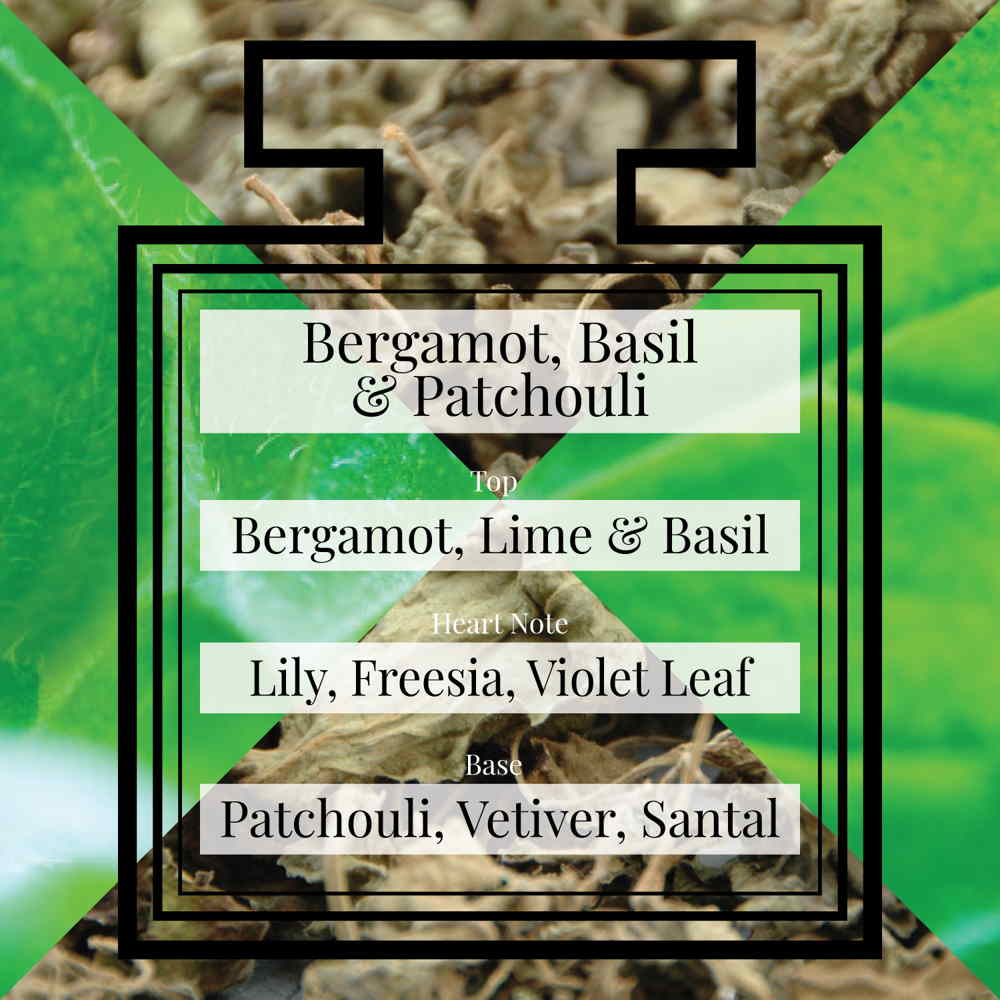
Explore our exquisite range of Natural Eau de Parfum Intense in our online perfume boutique. Allow Pairfum London to be your guide on a sensory adventure, leading you through a verdant world of intrigue as you uncover the natural fragrances that uniquely resonate with you.
